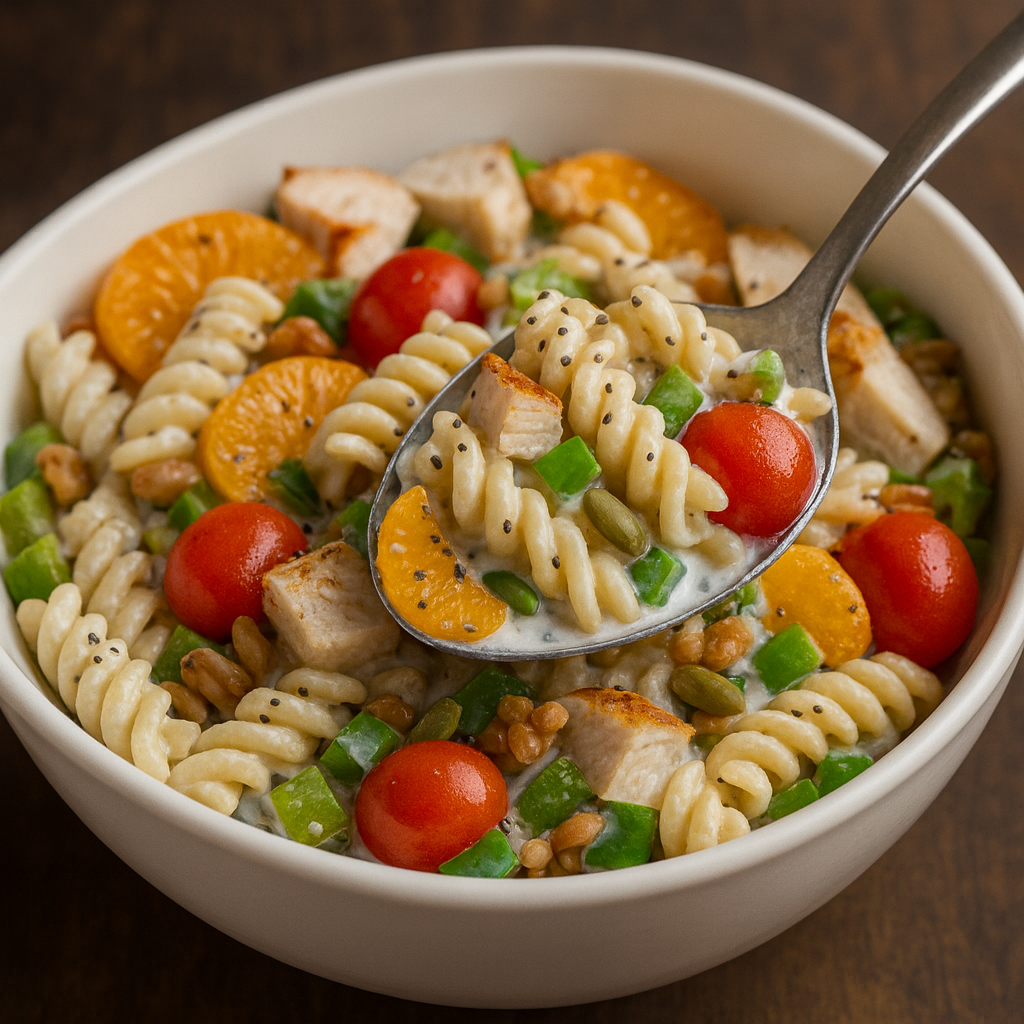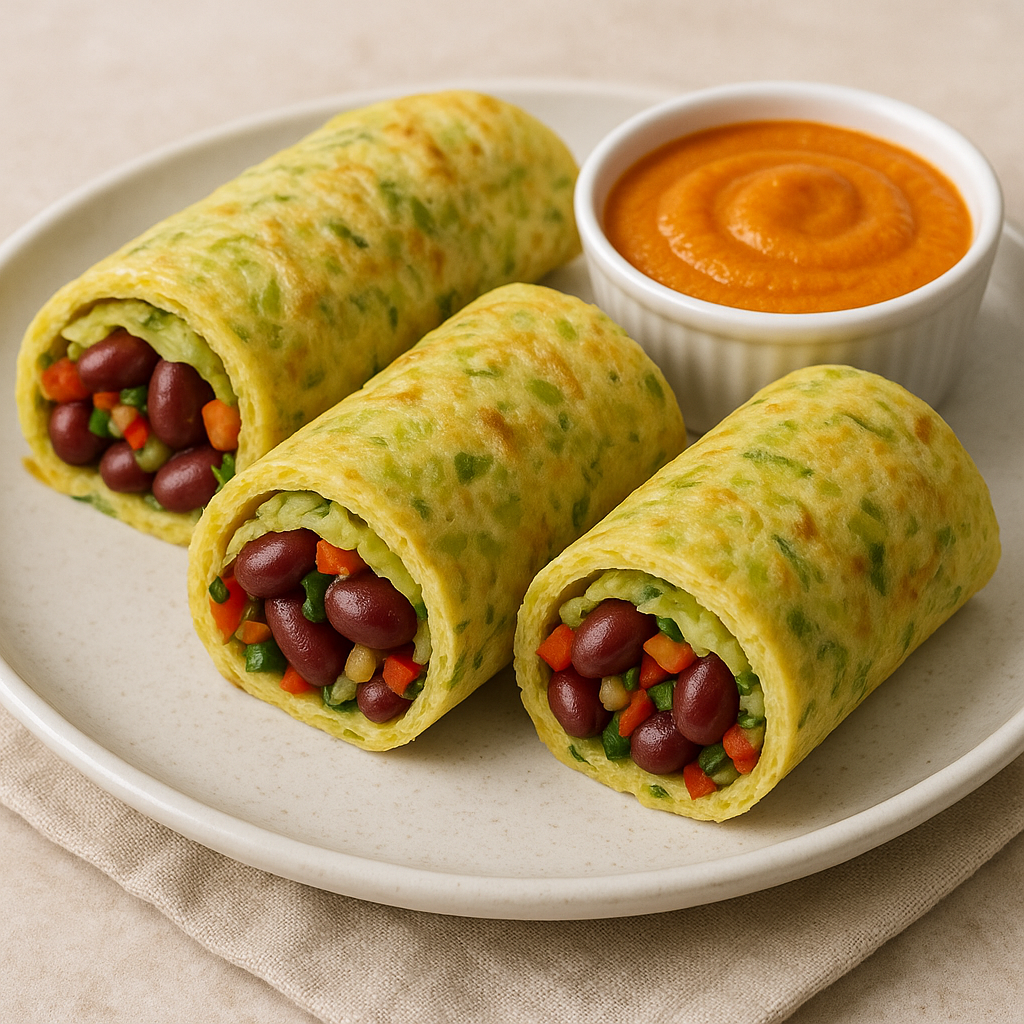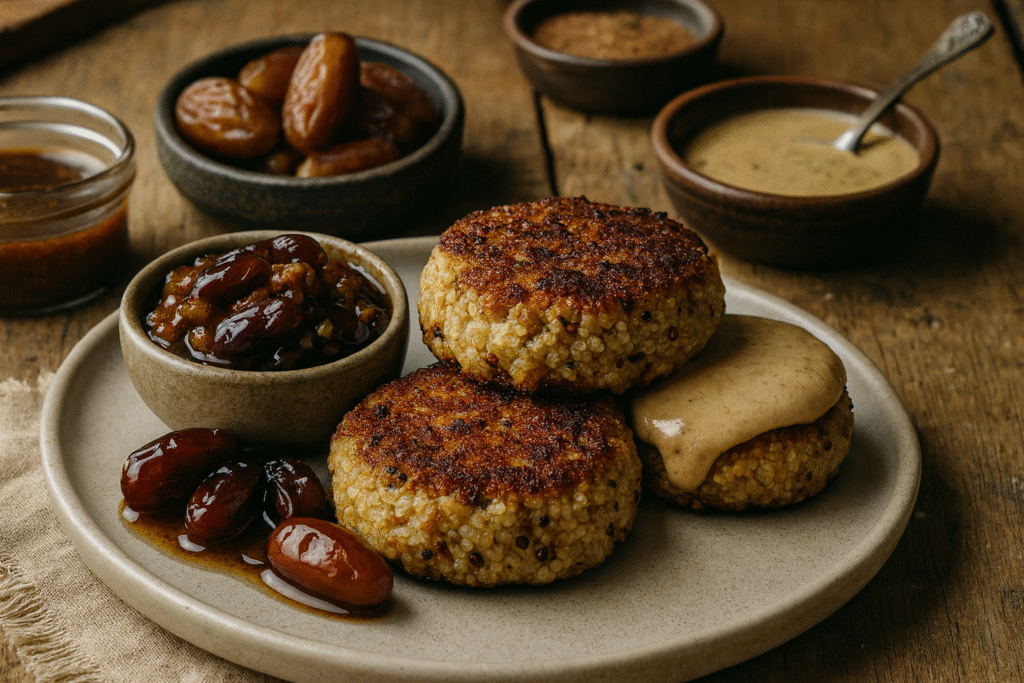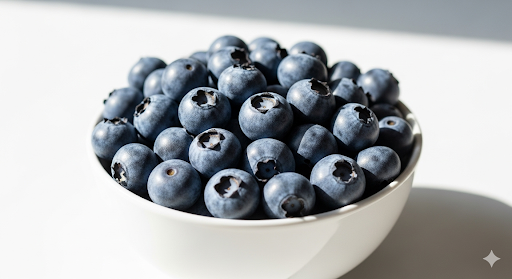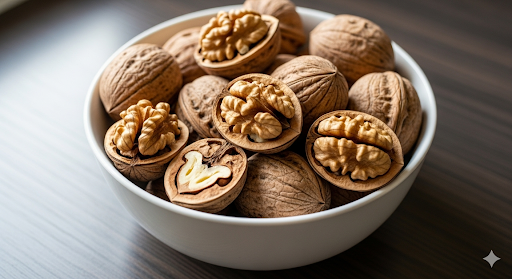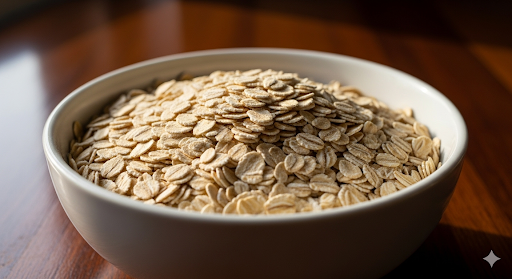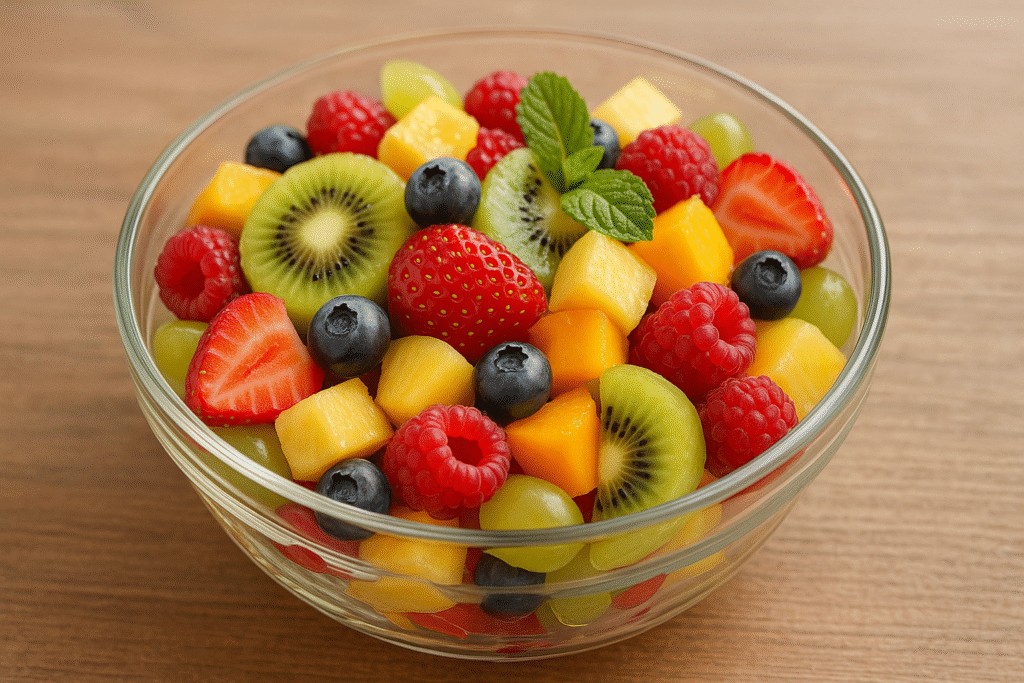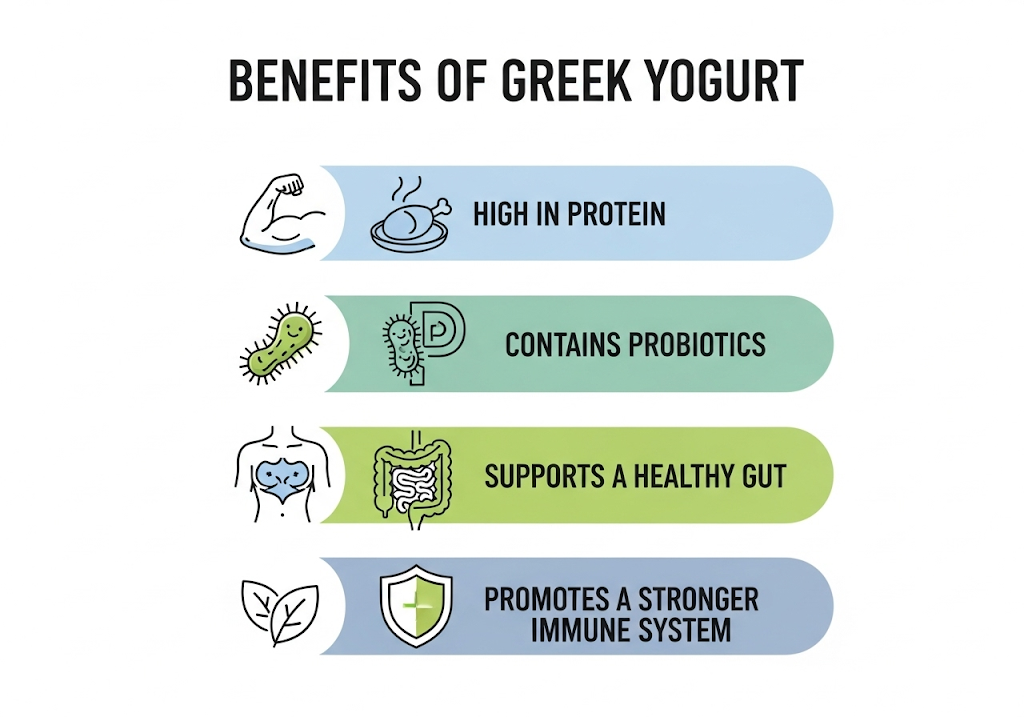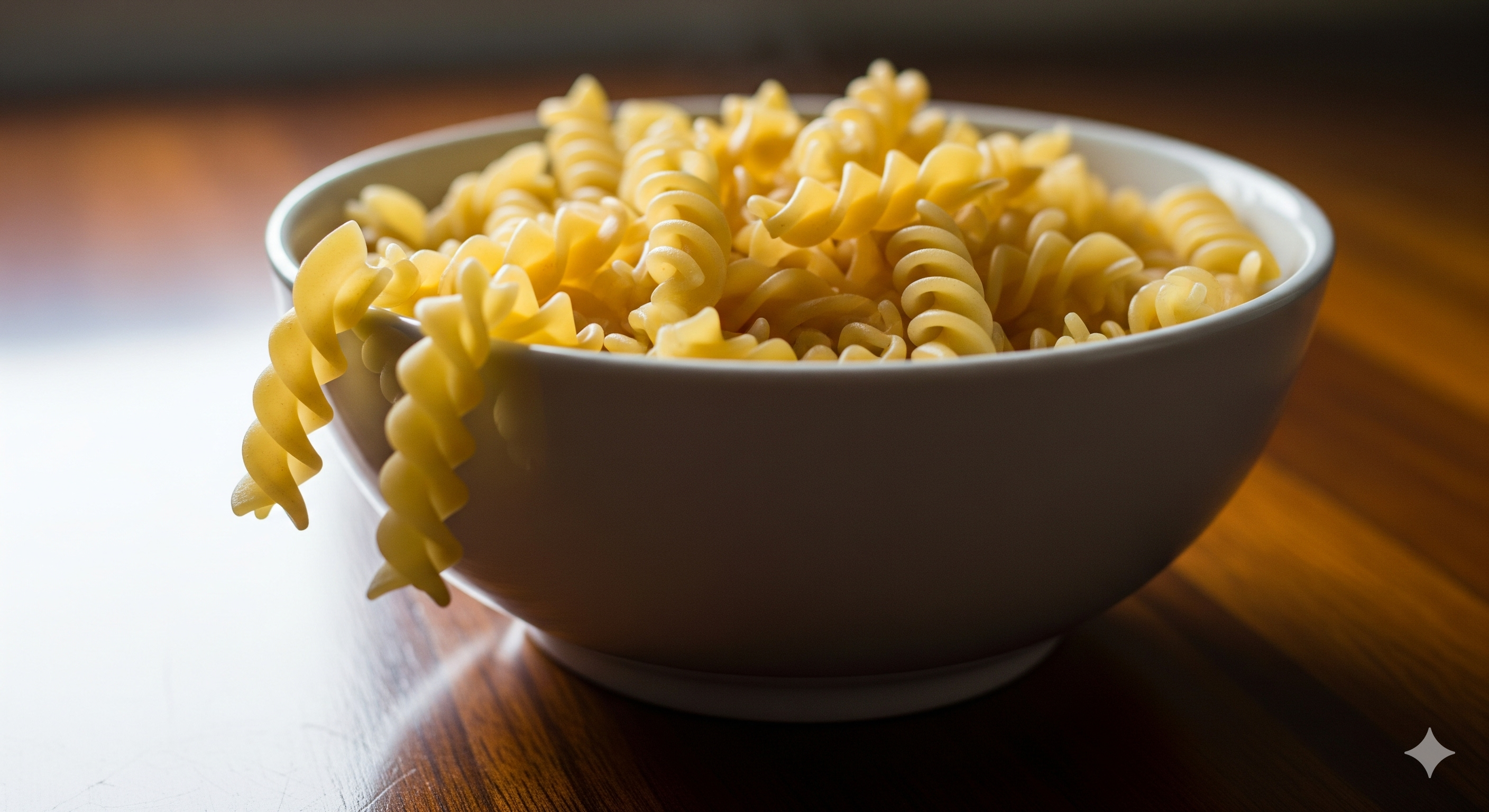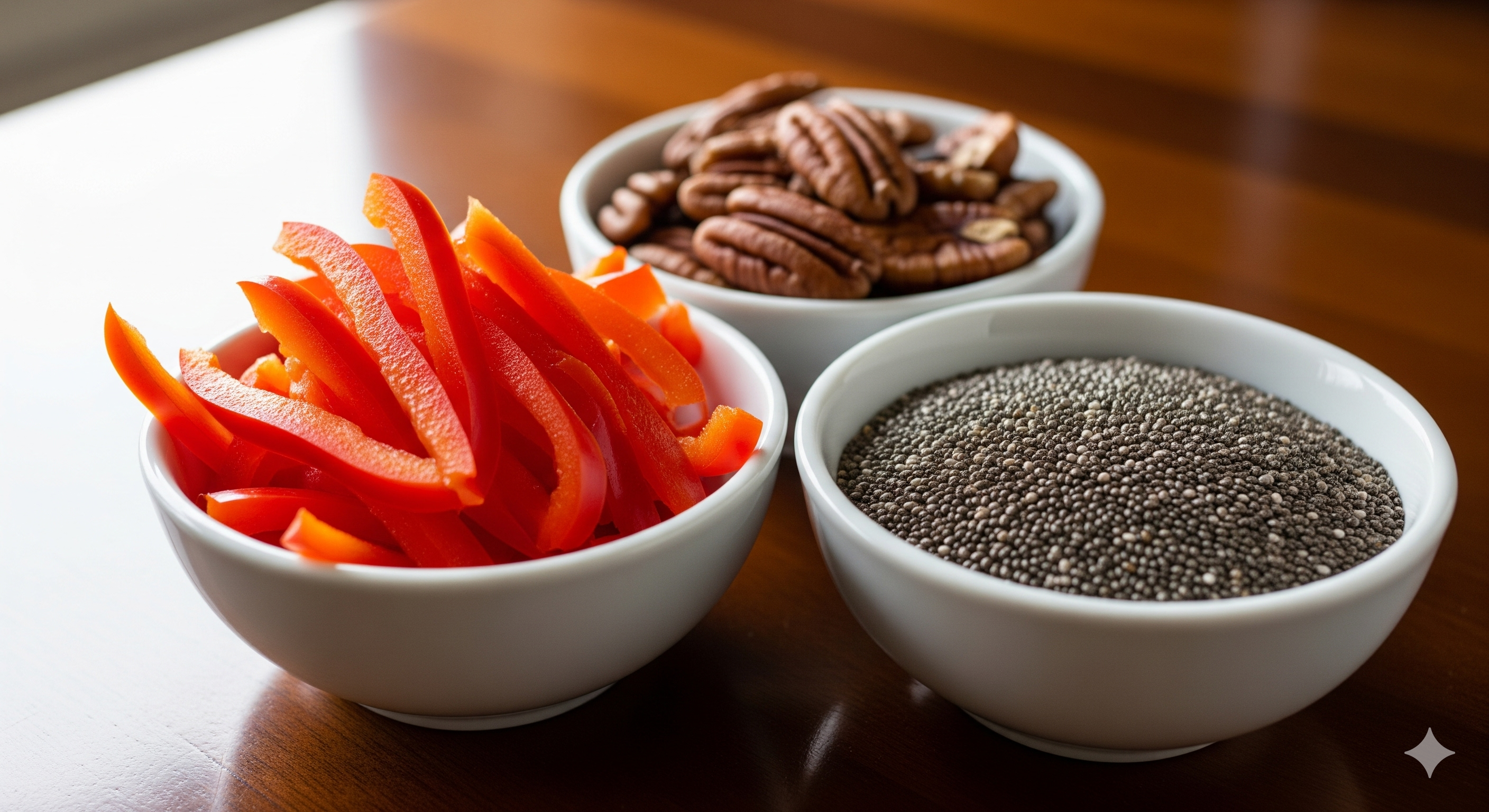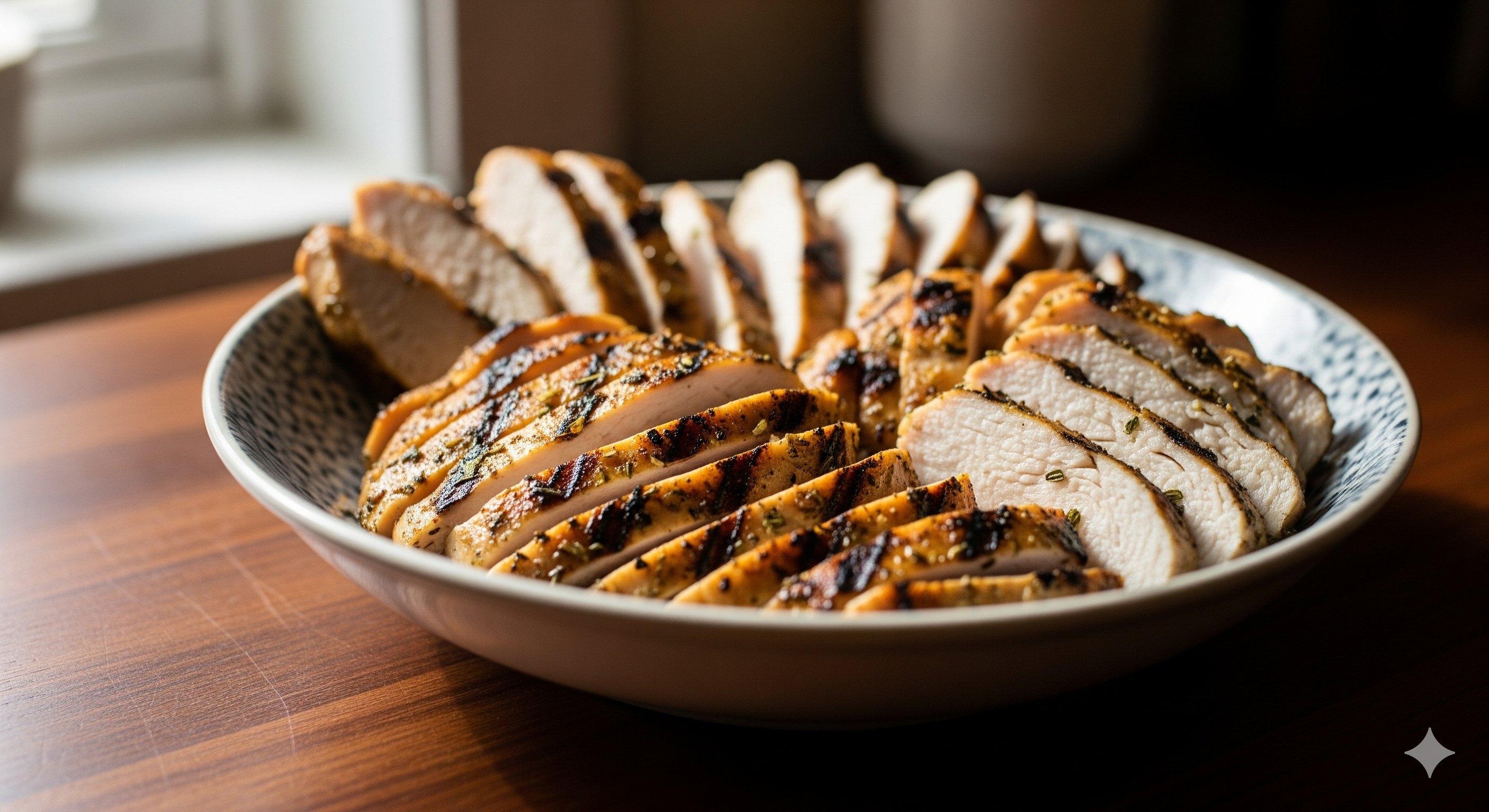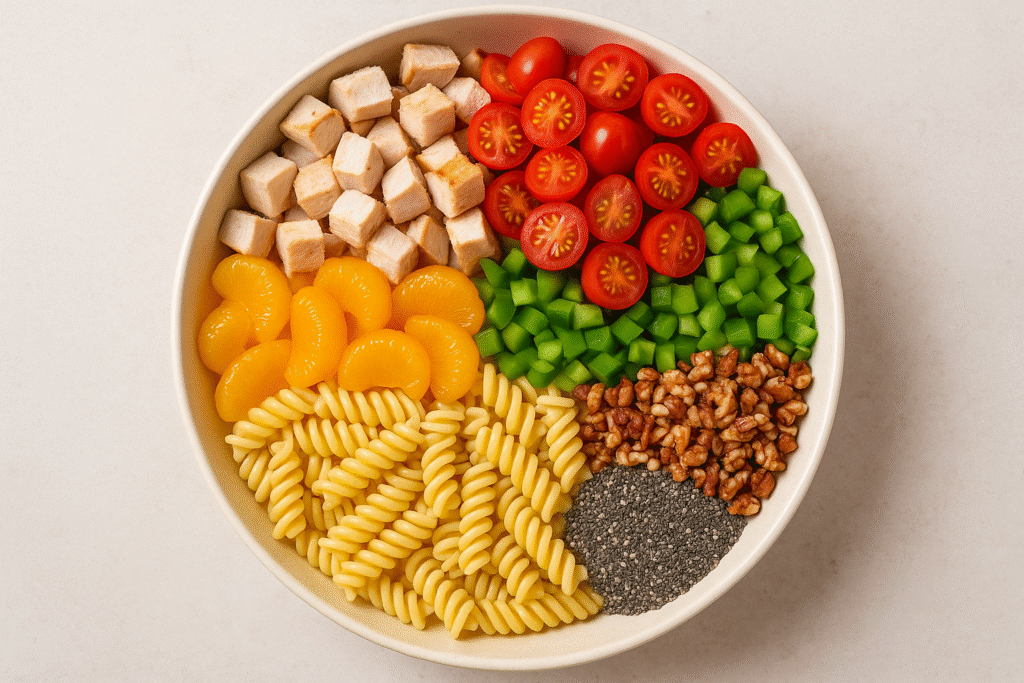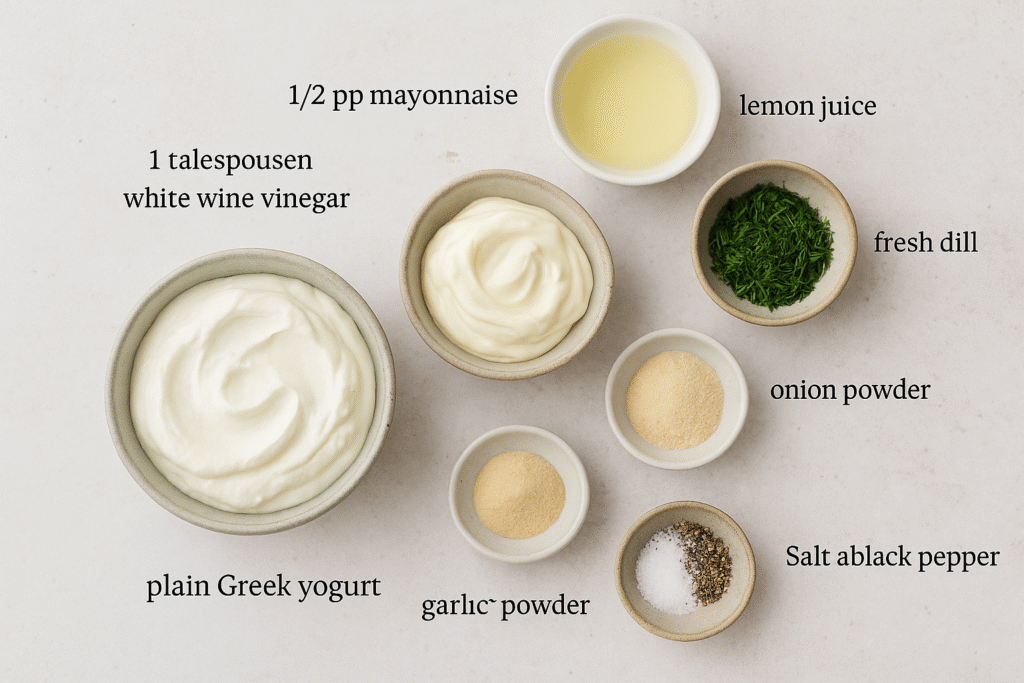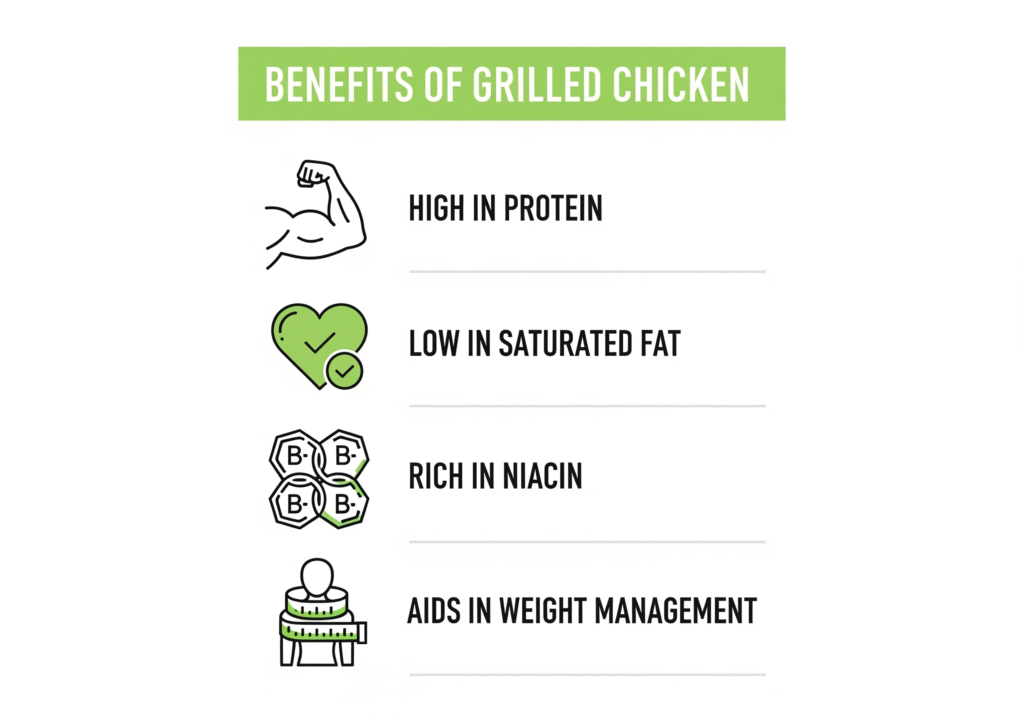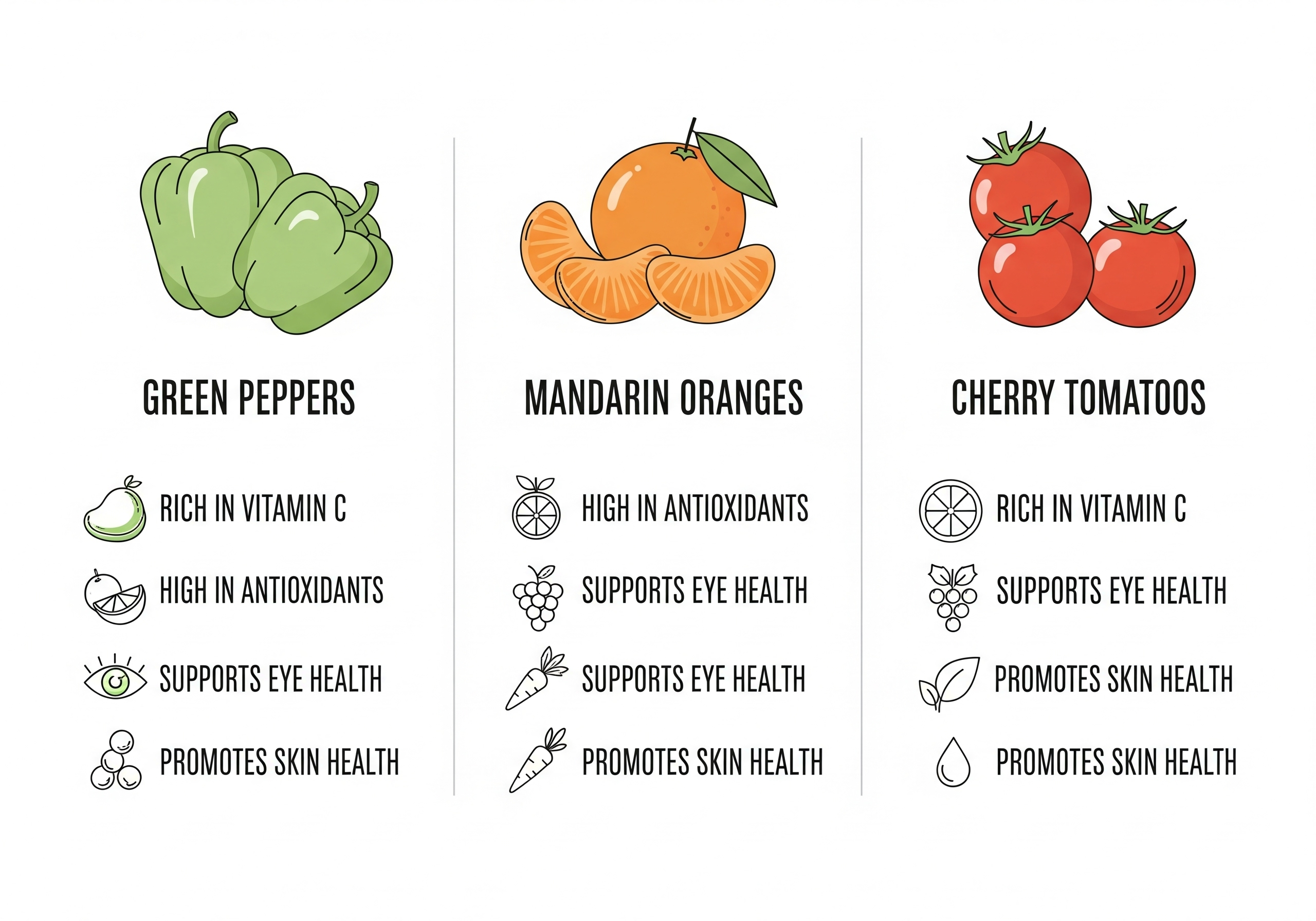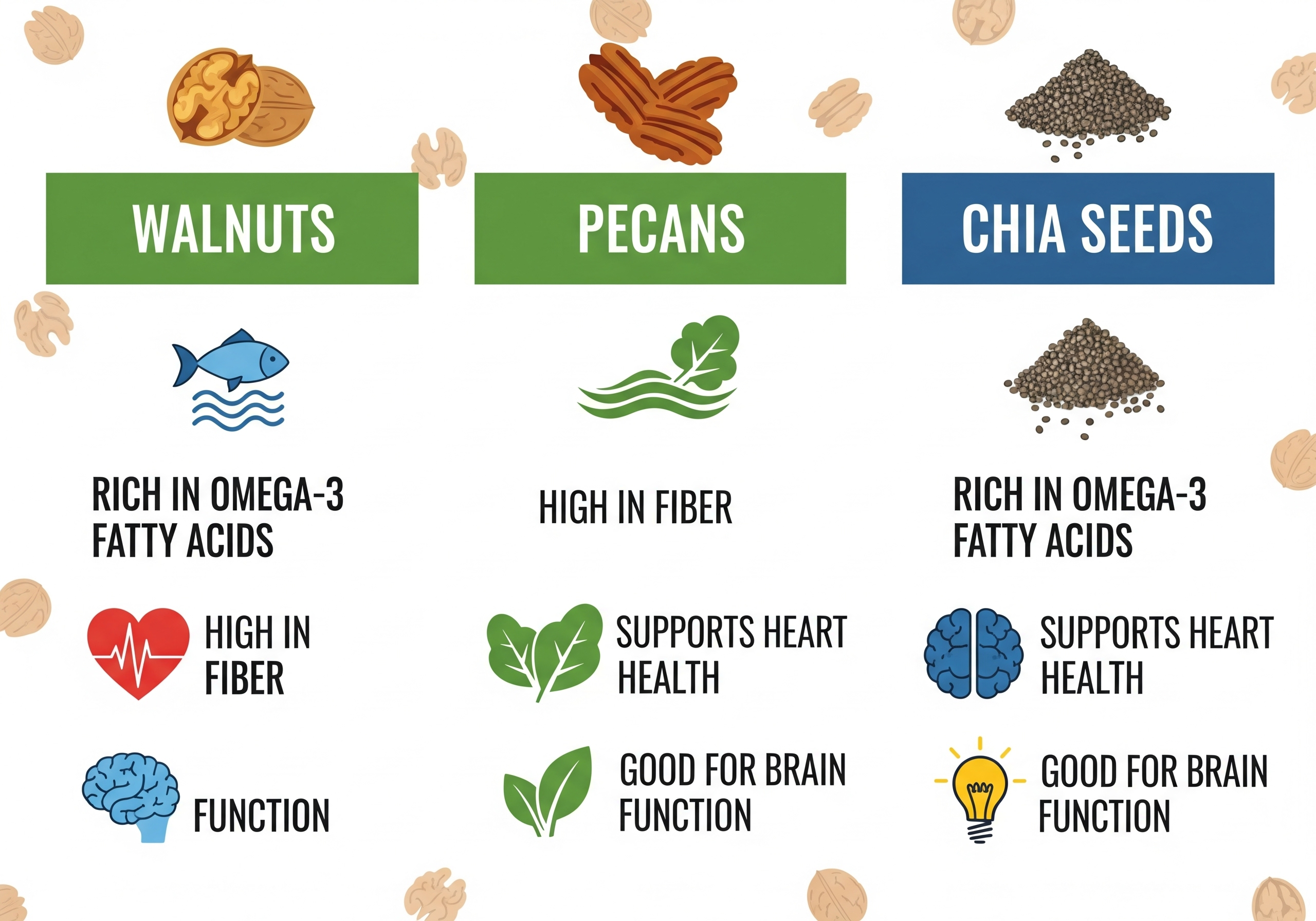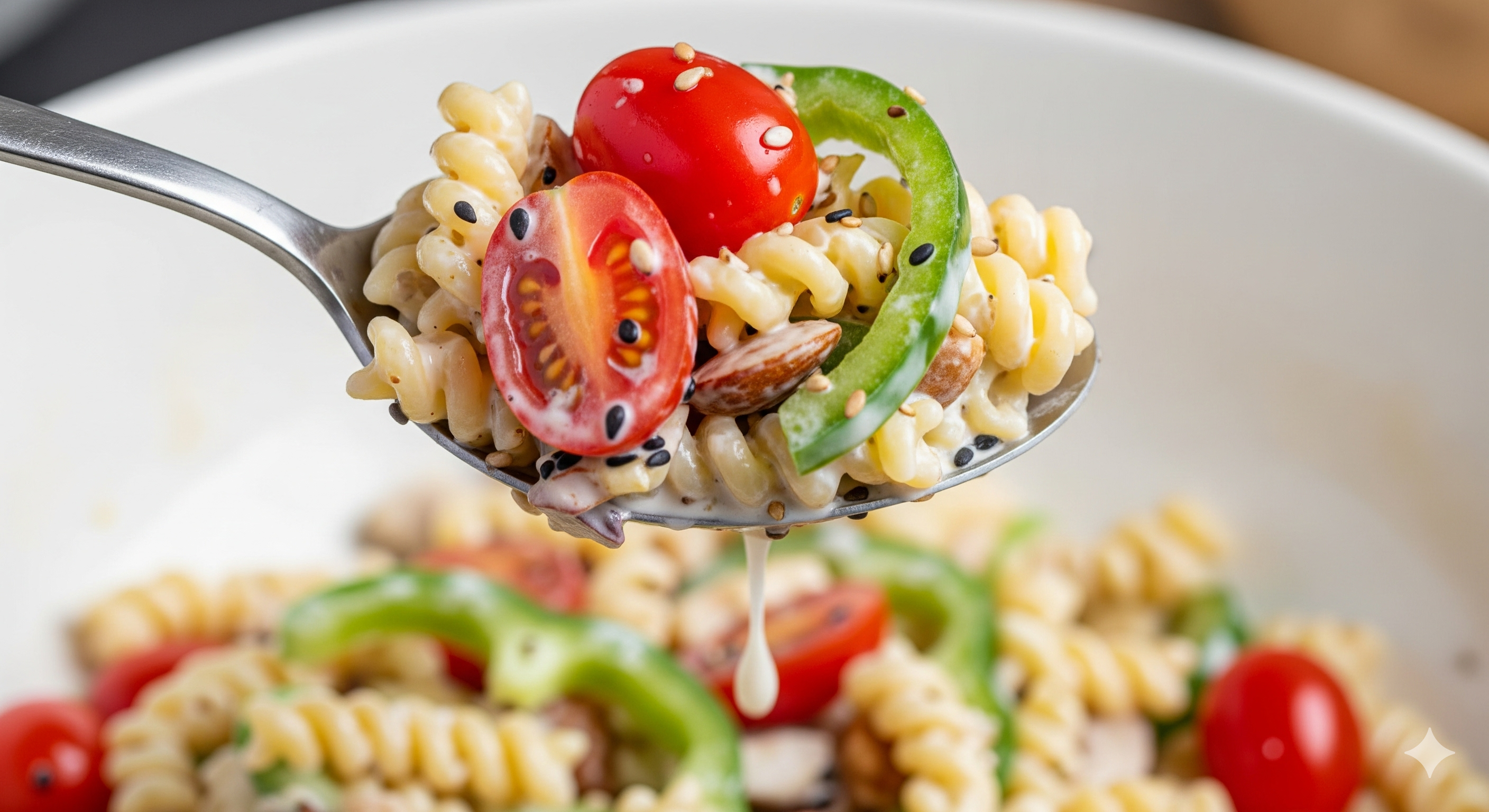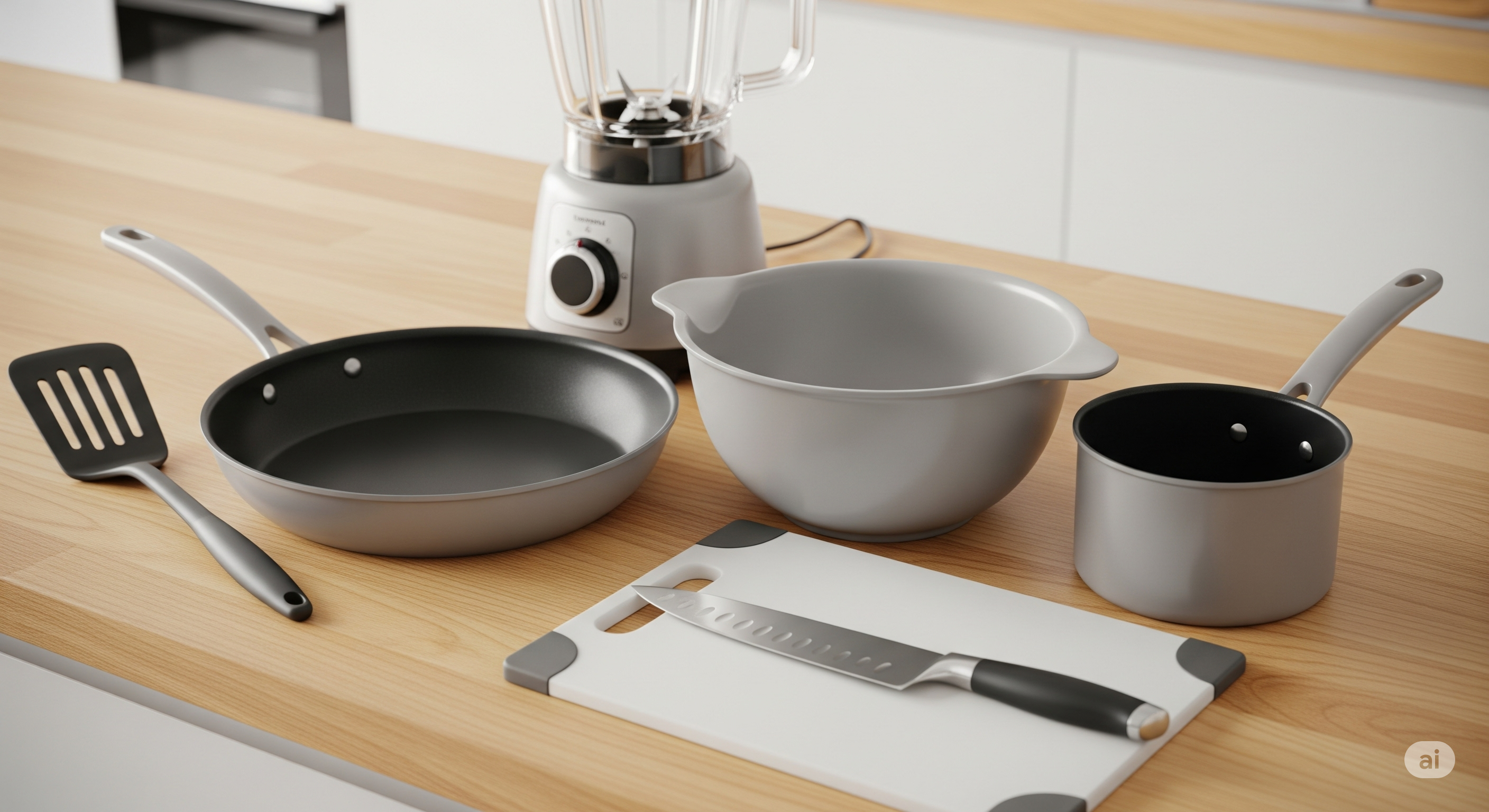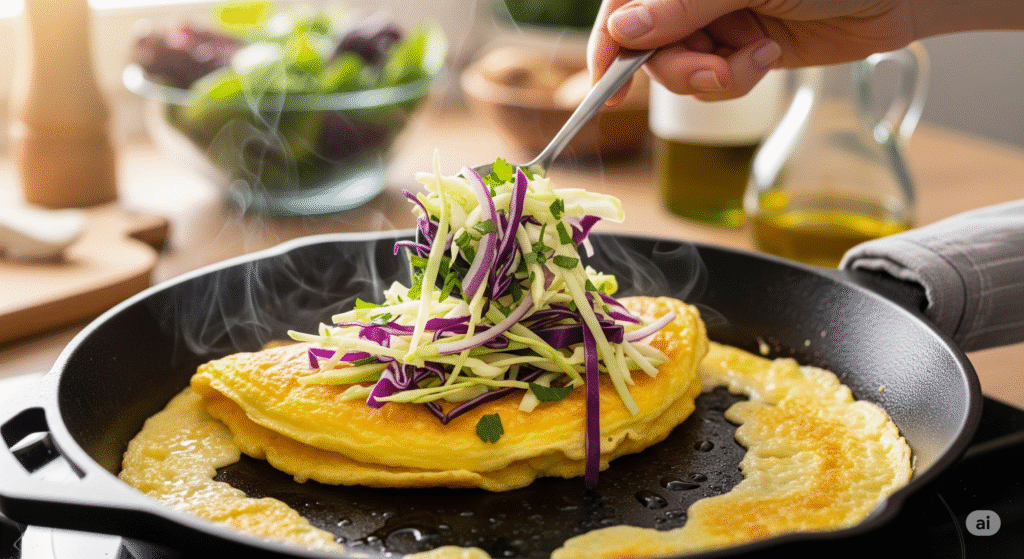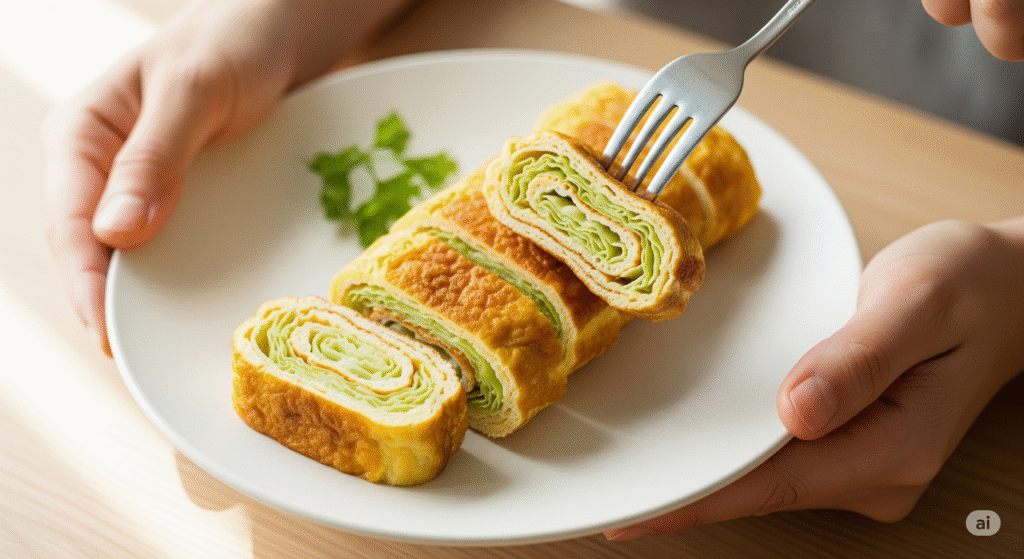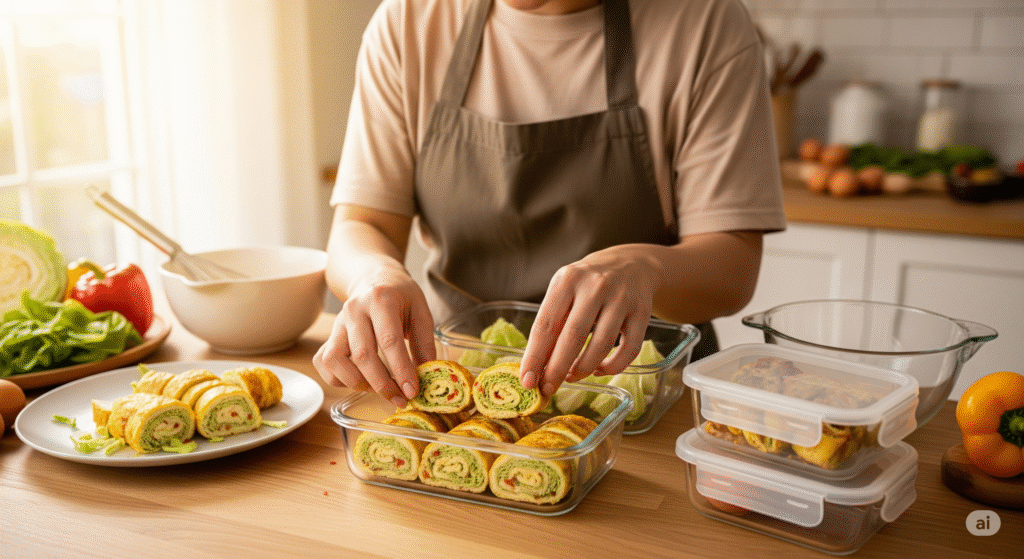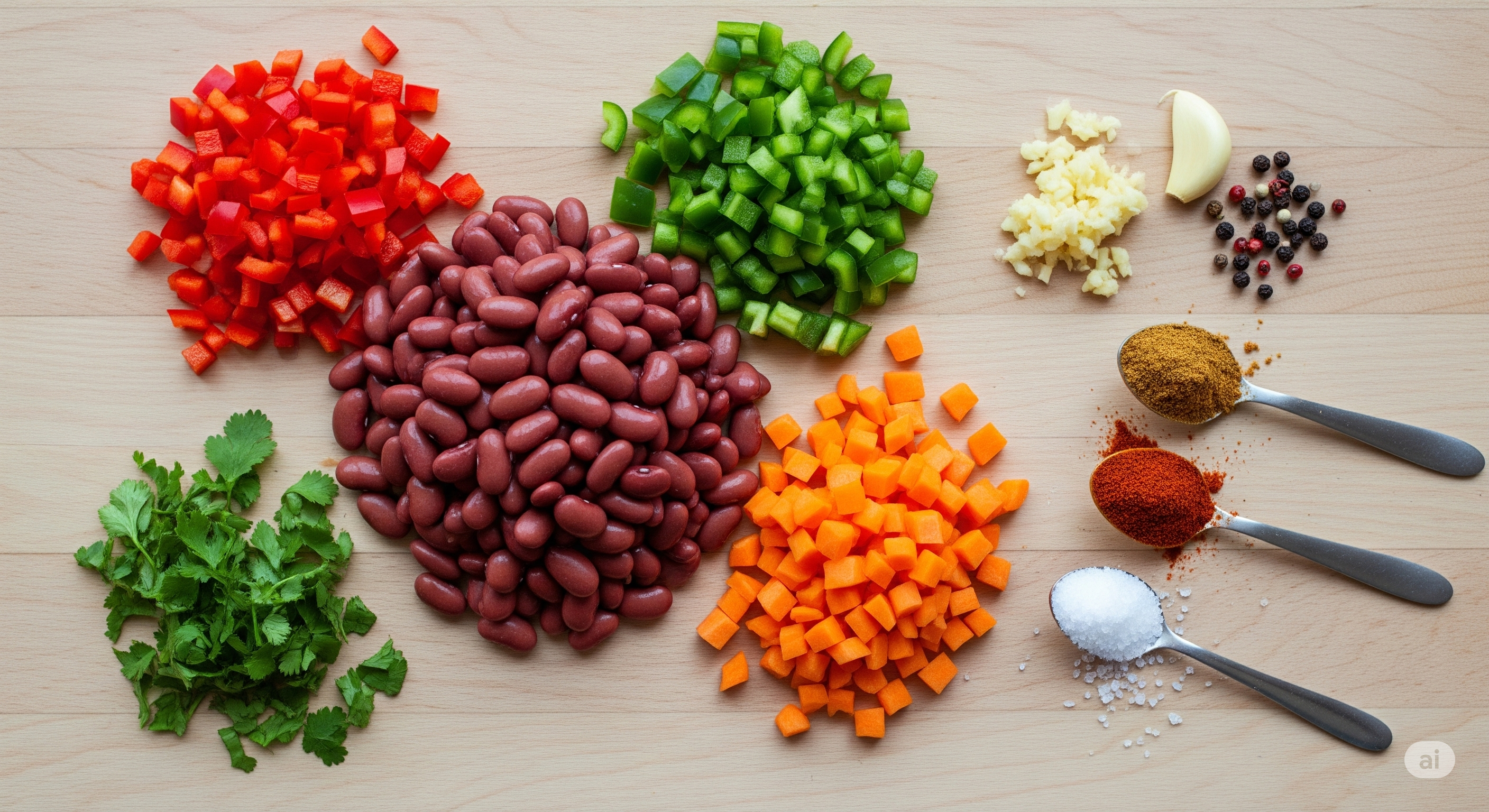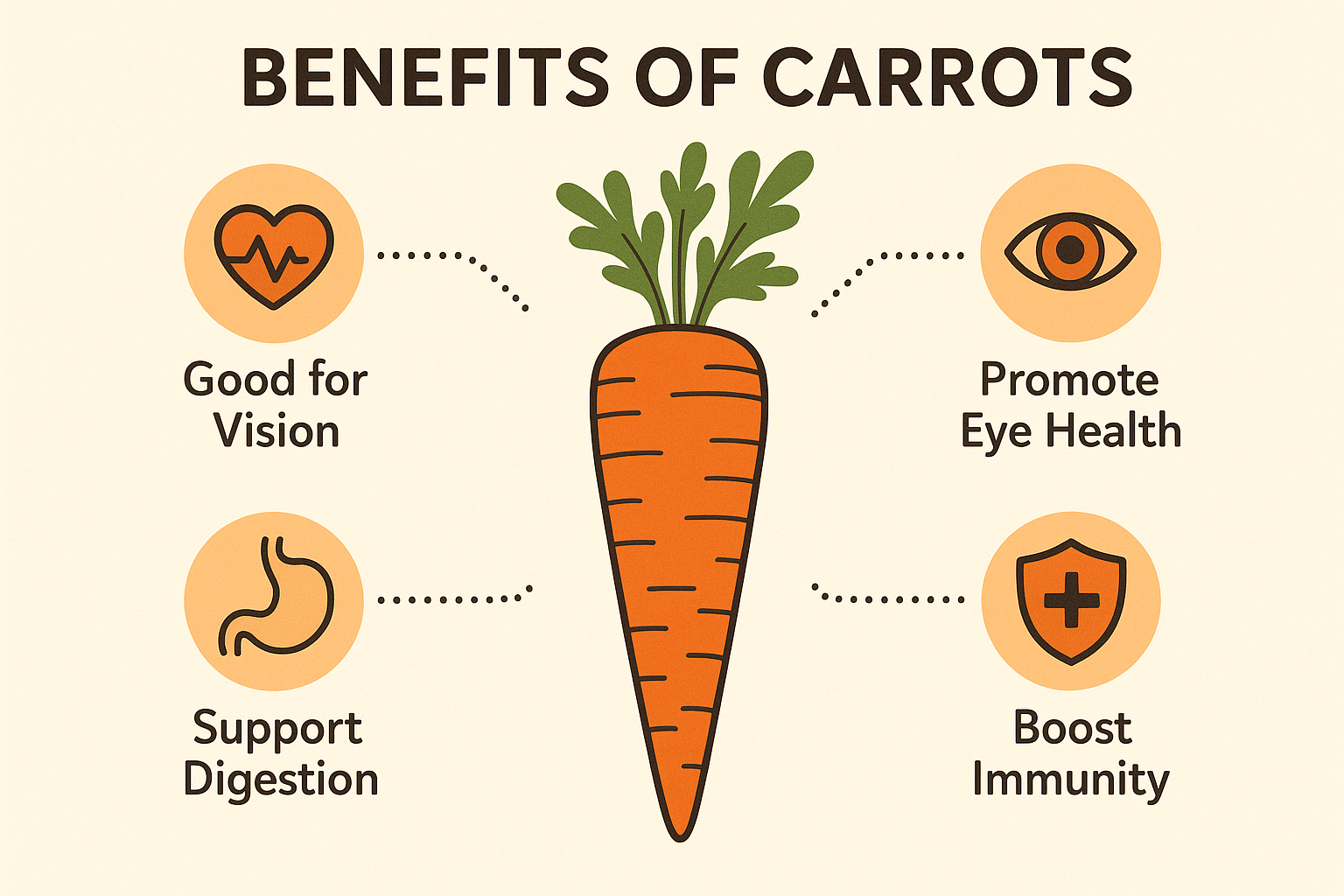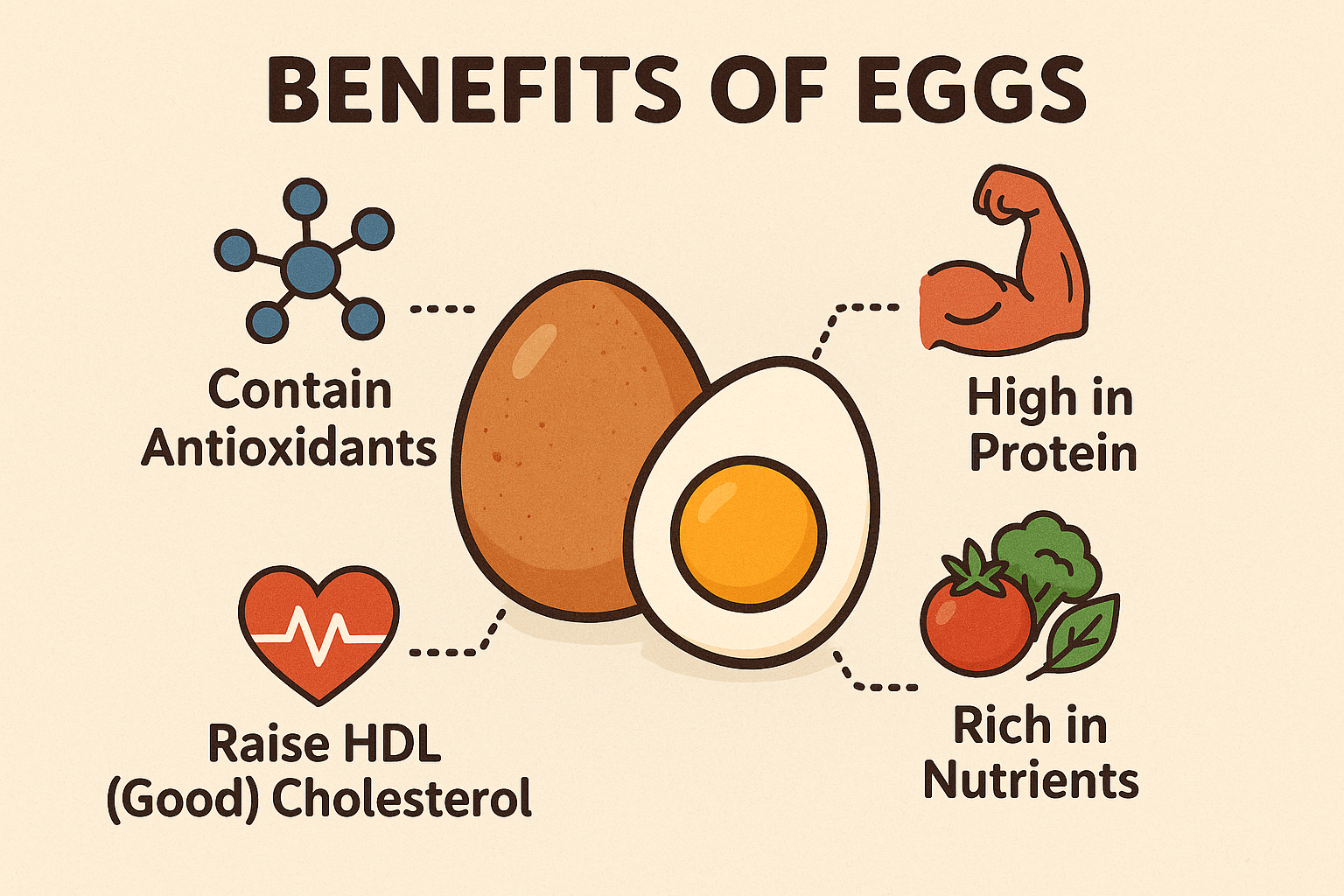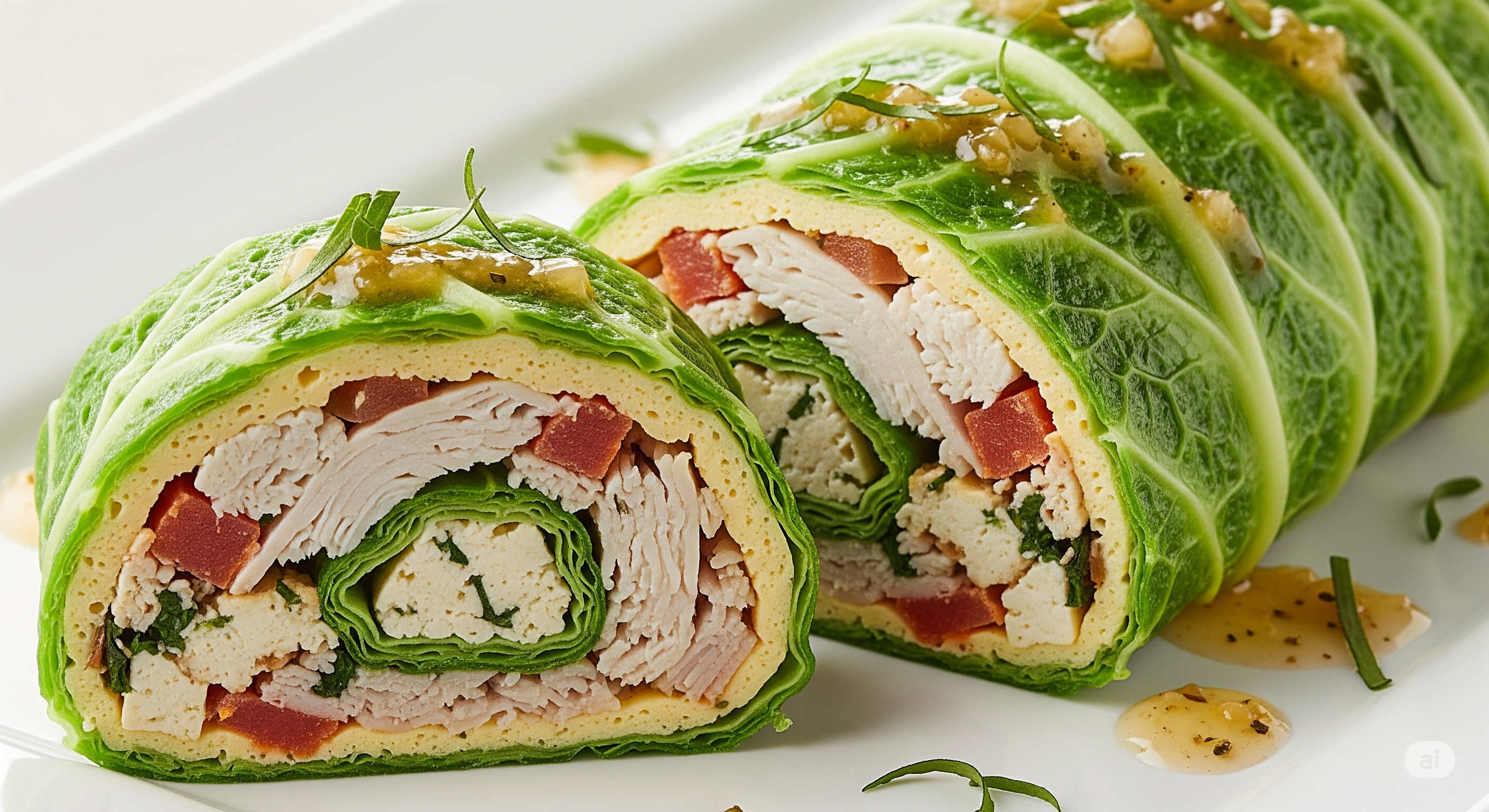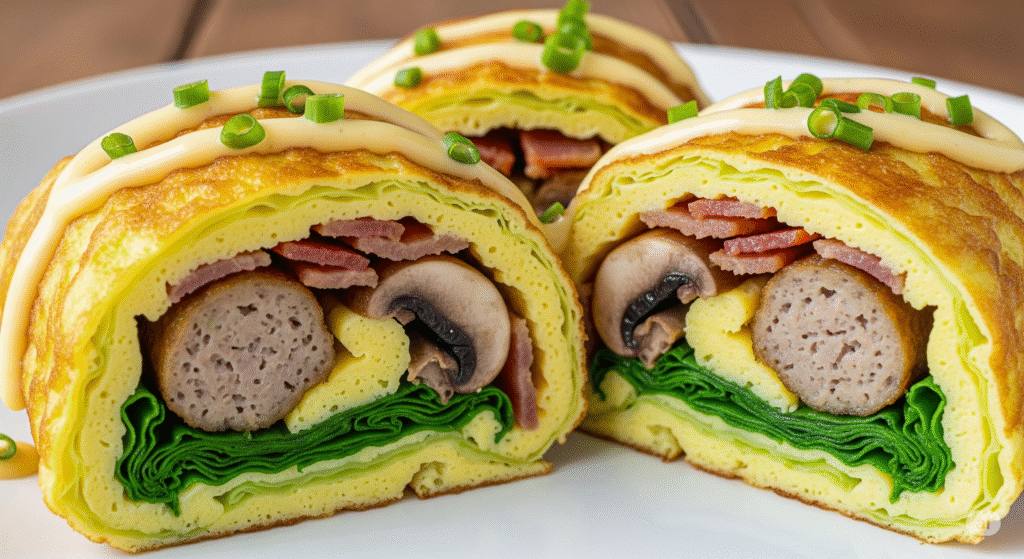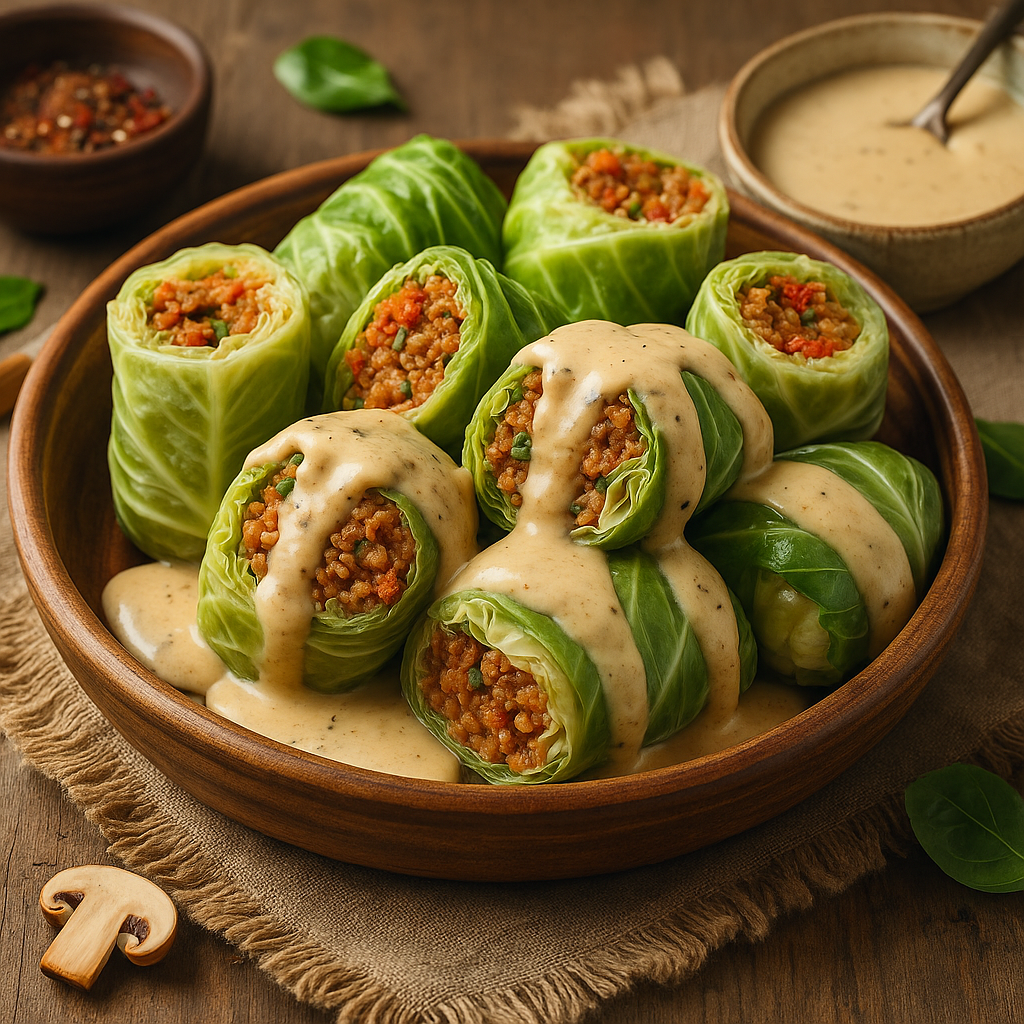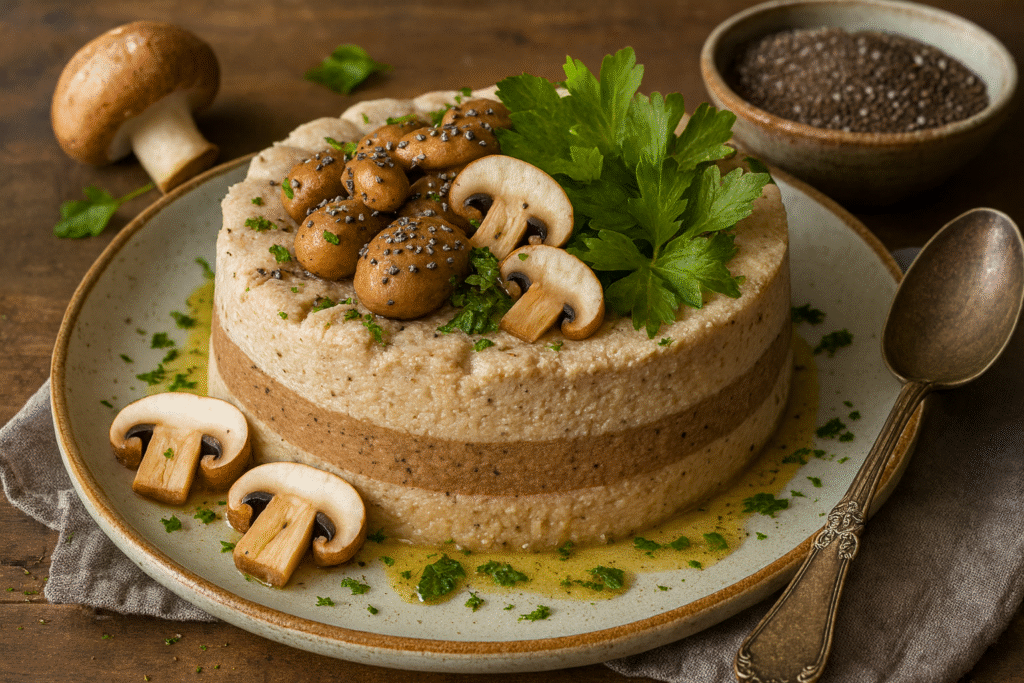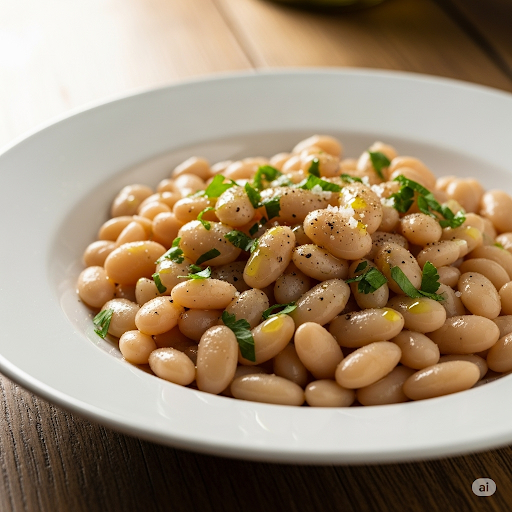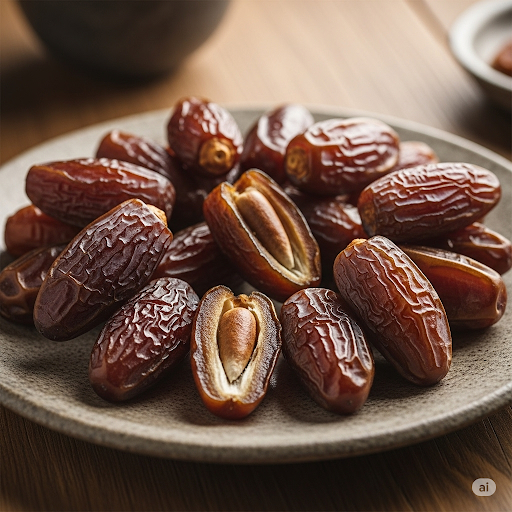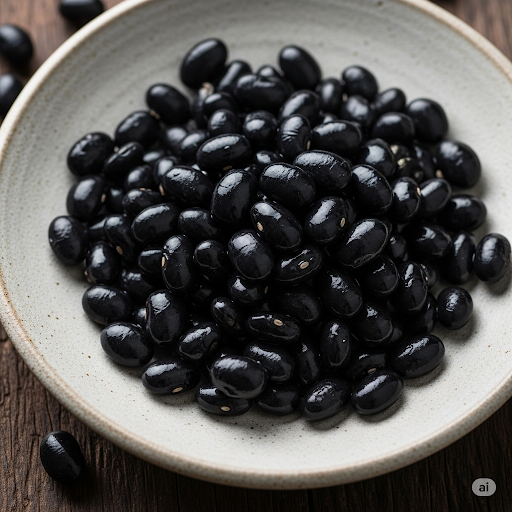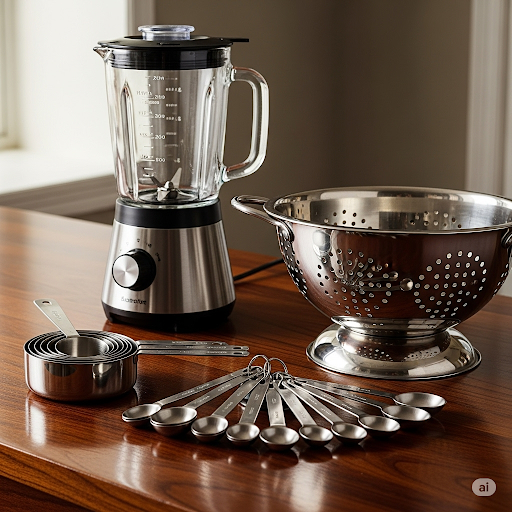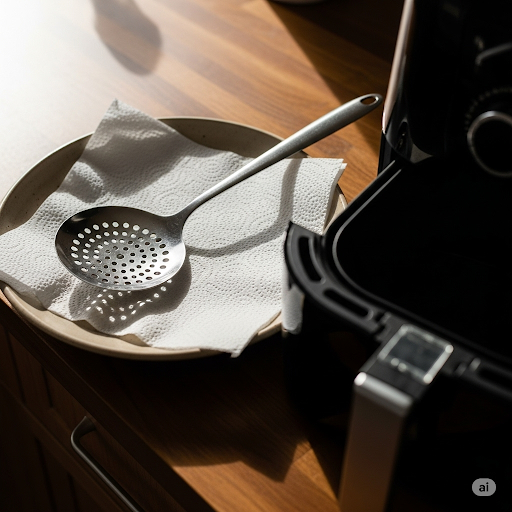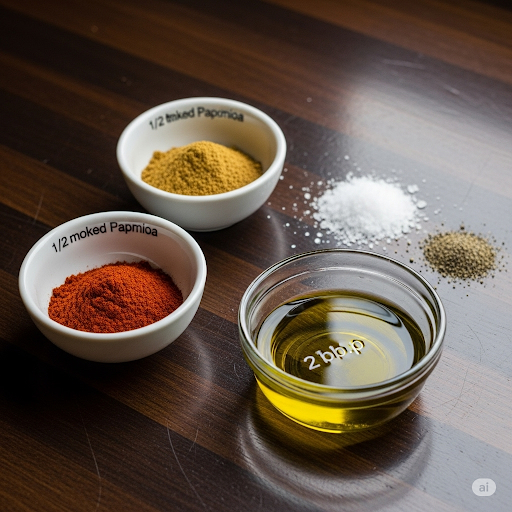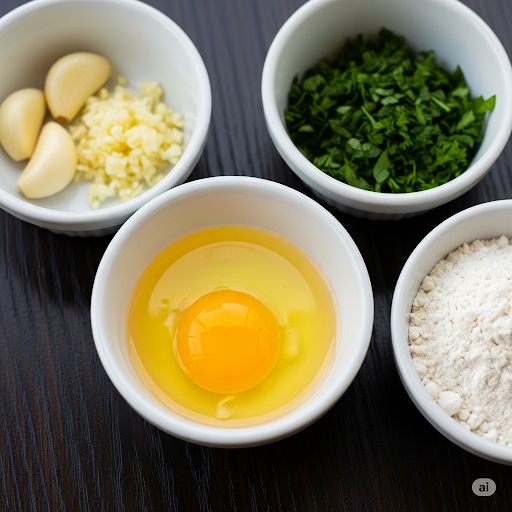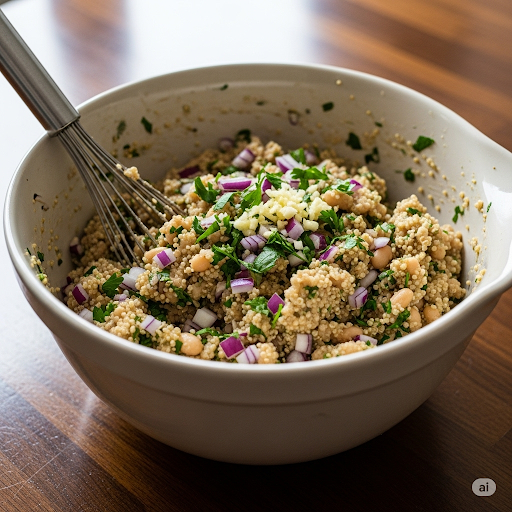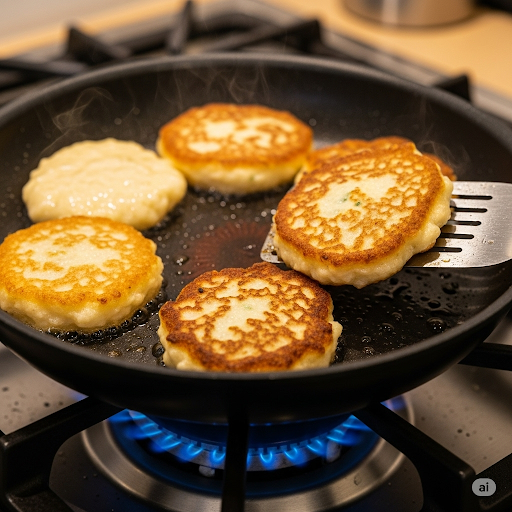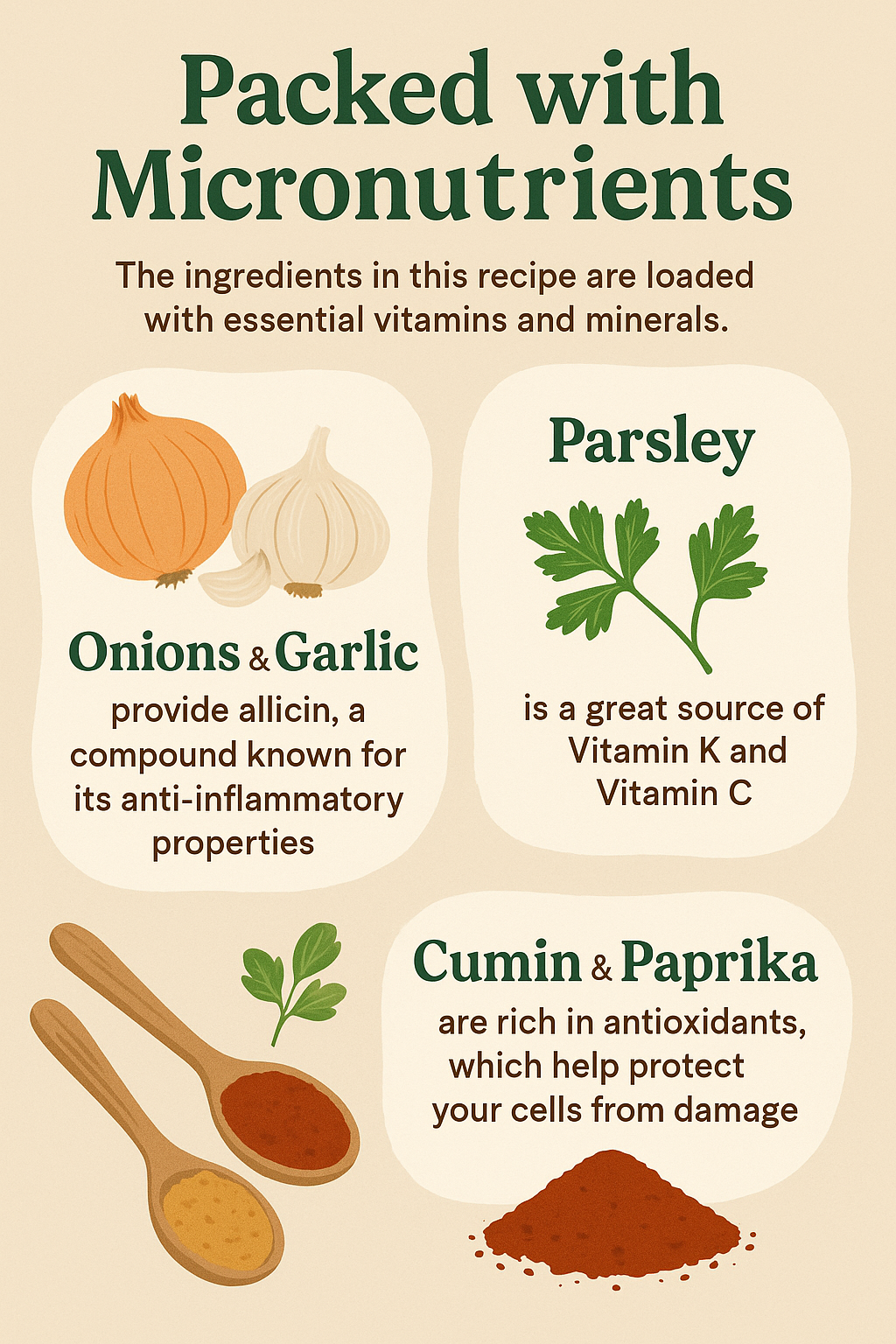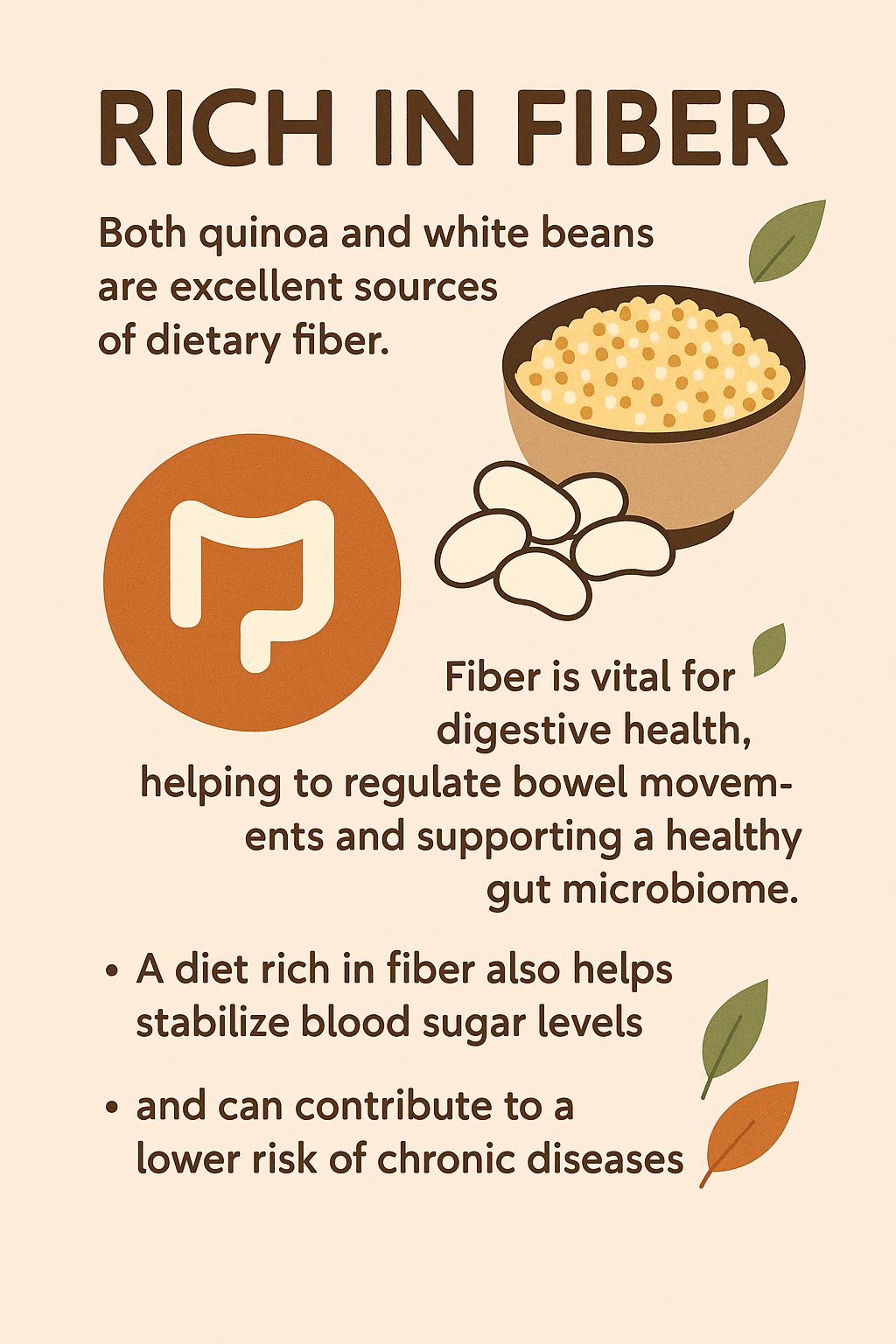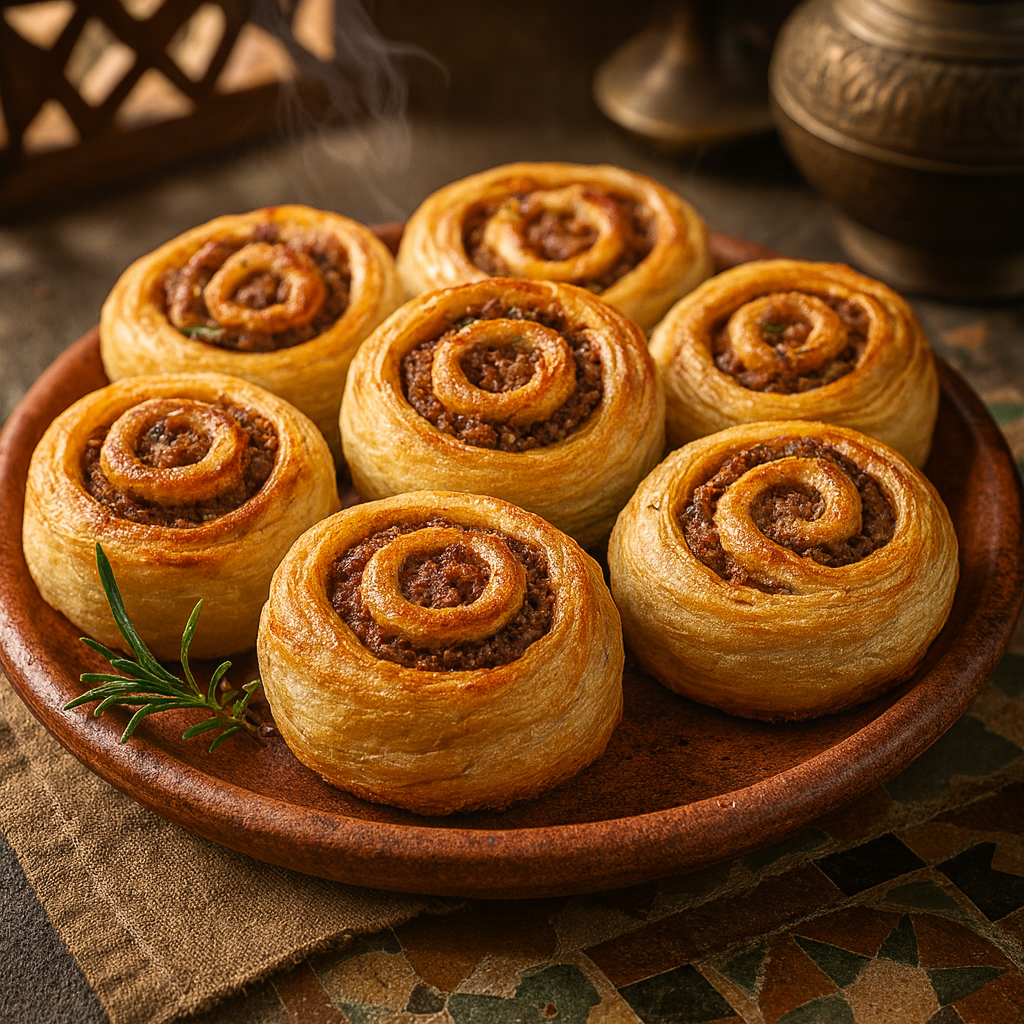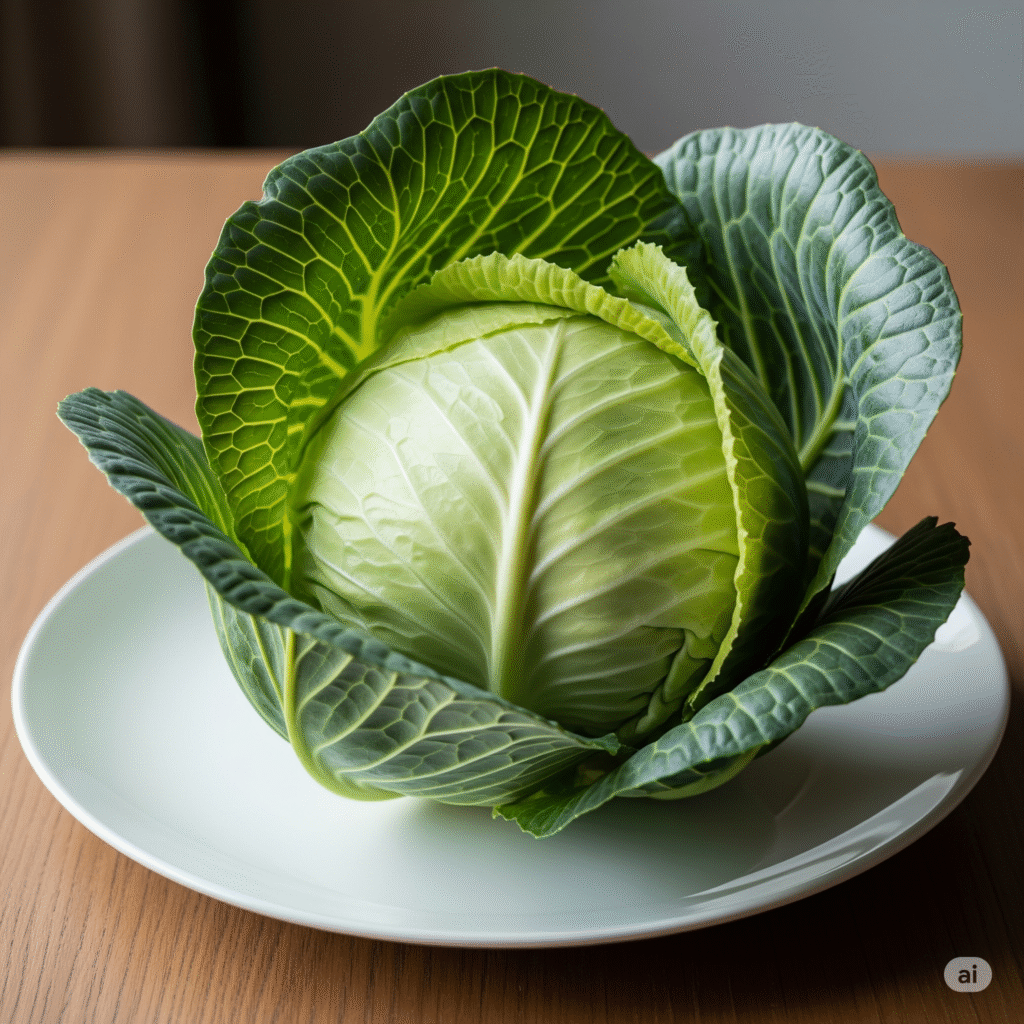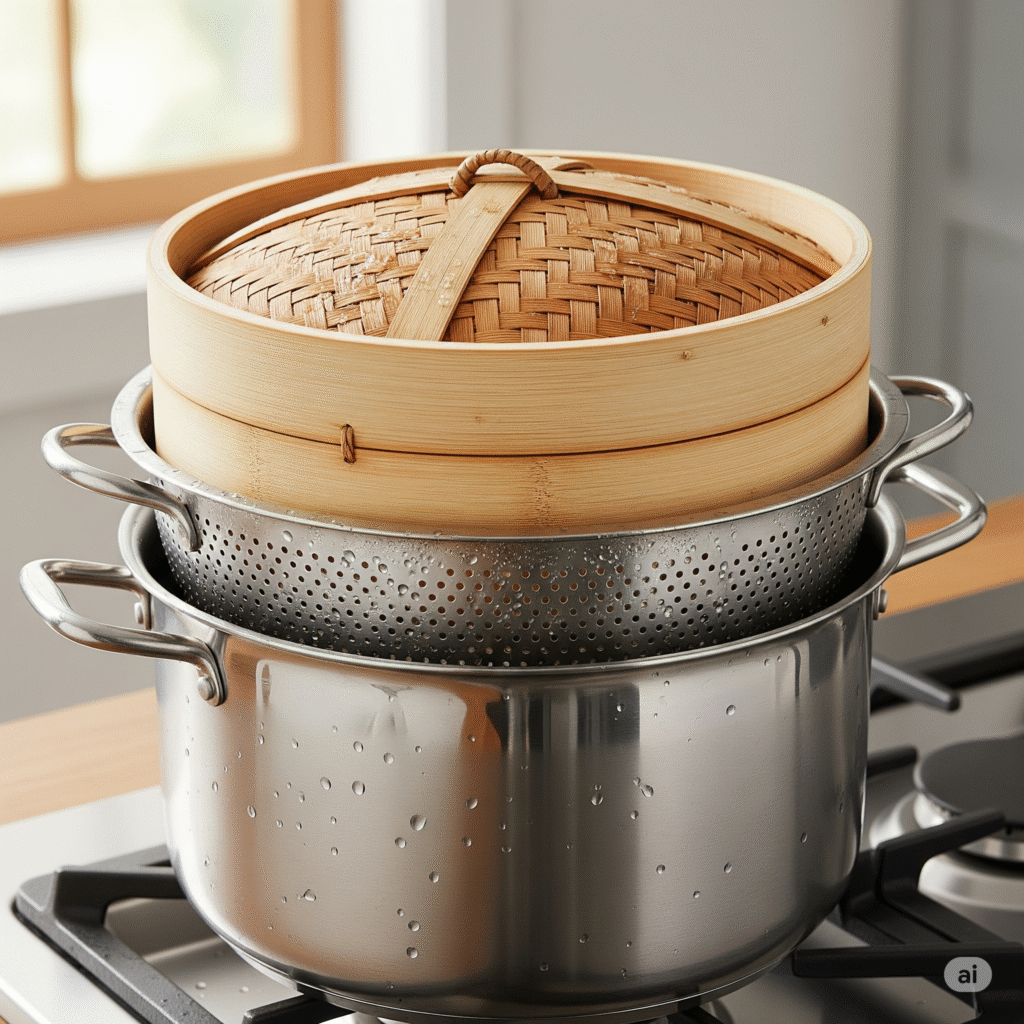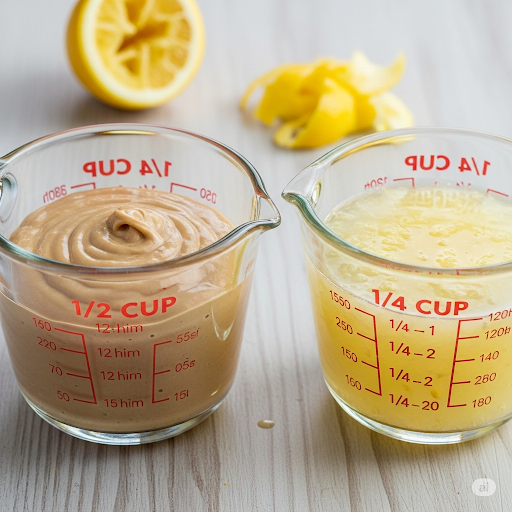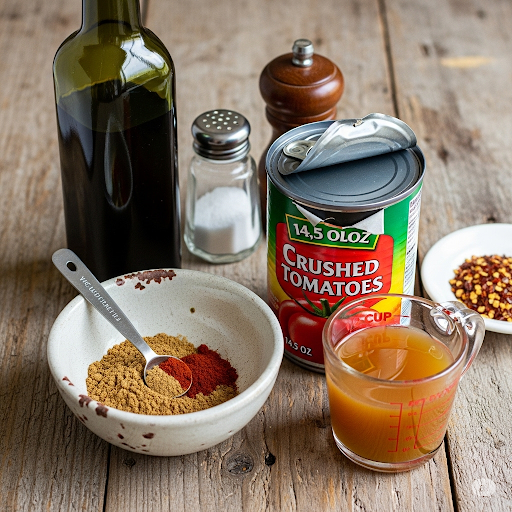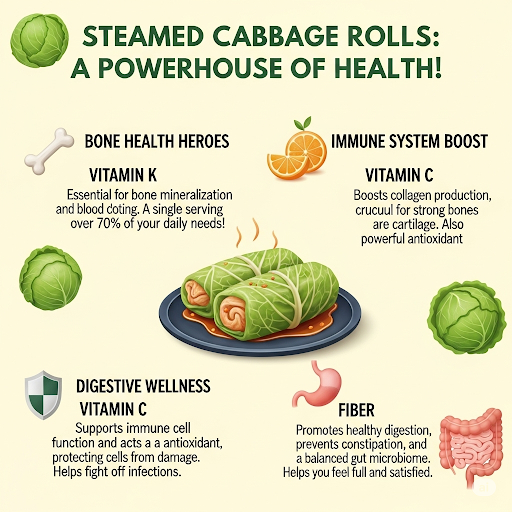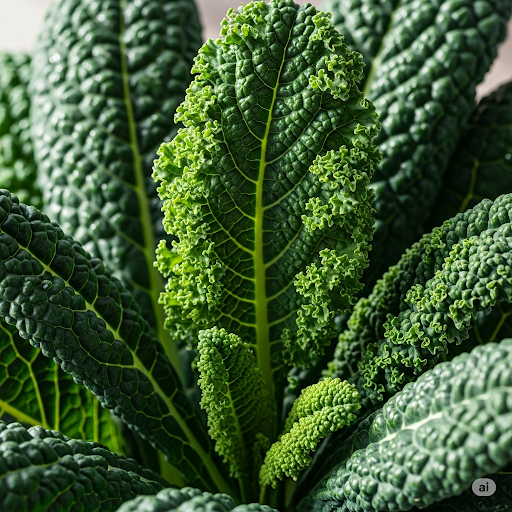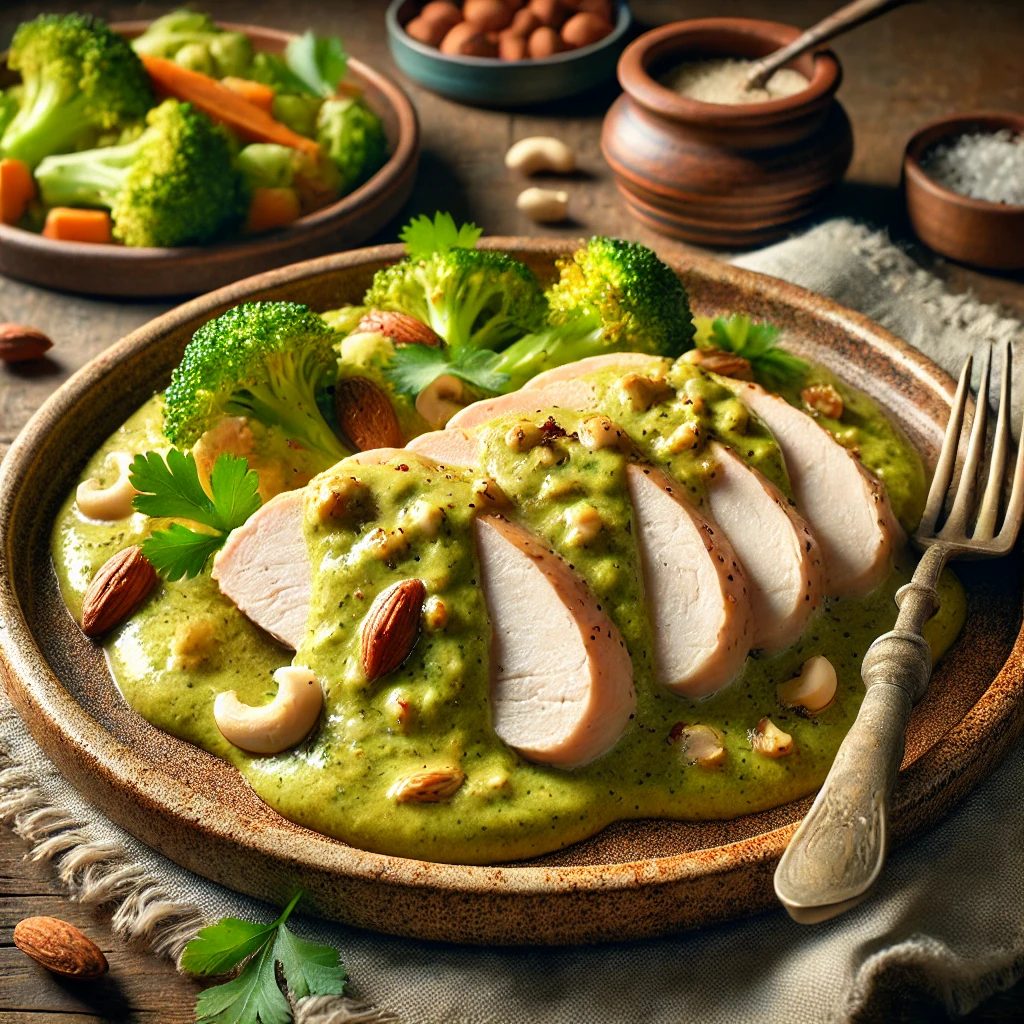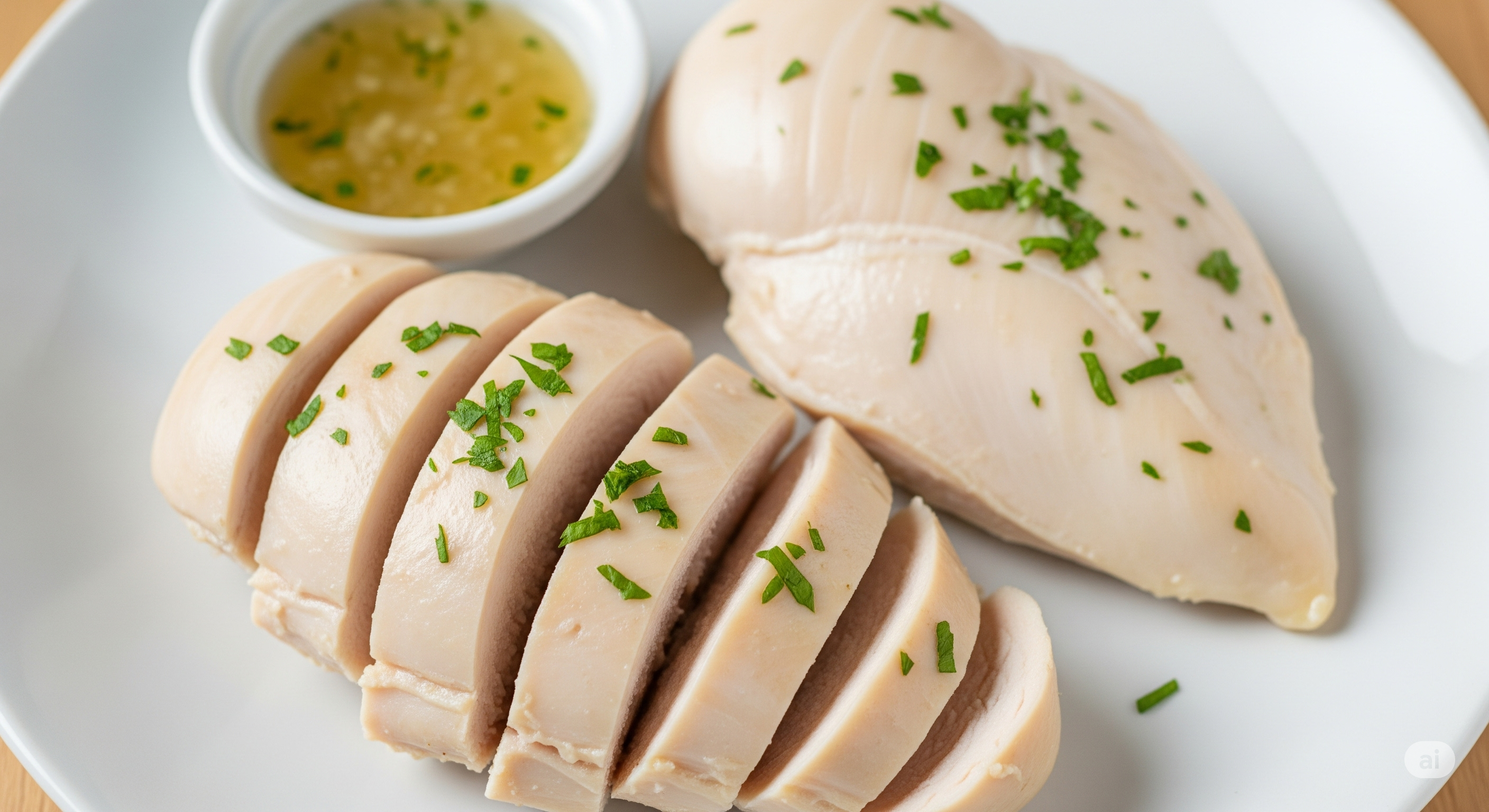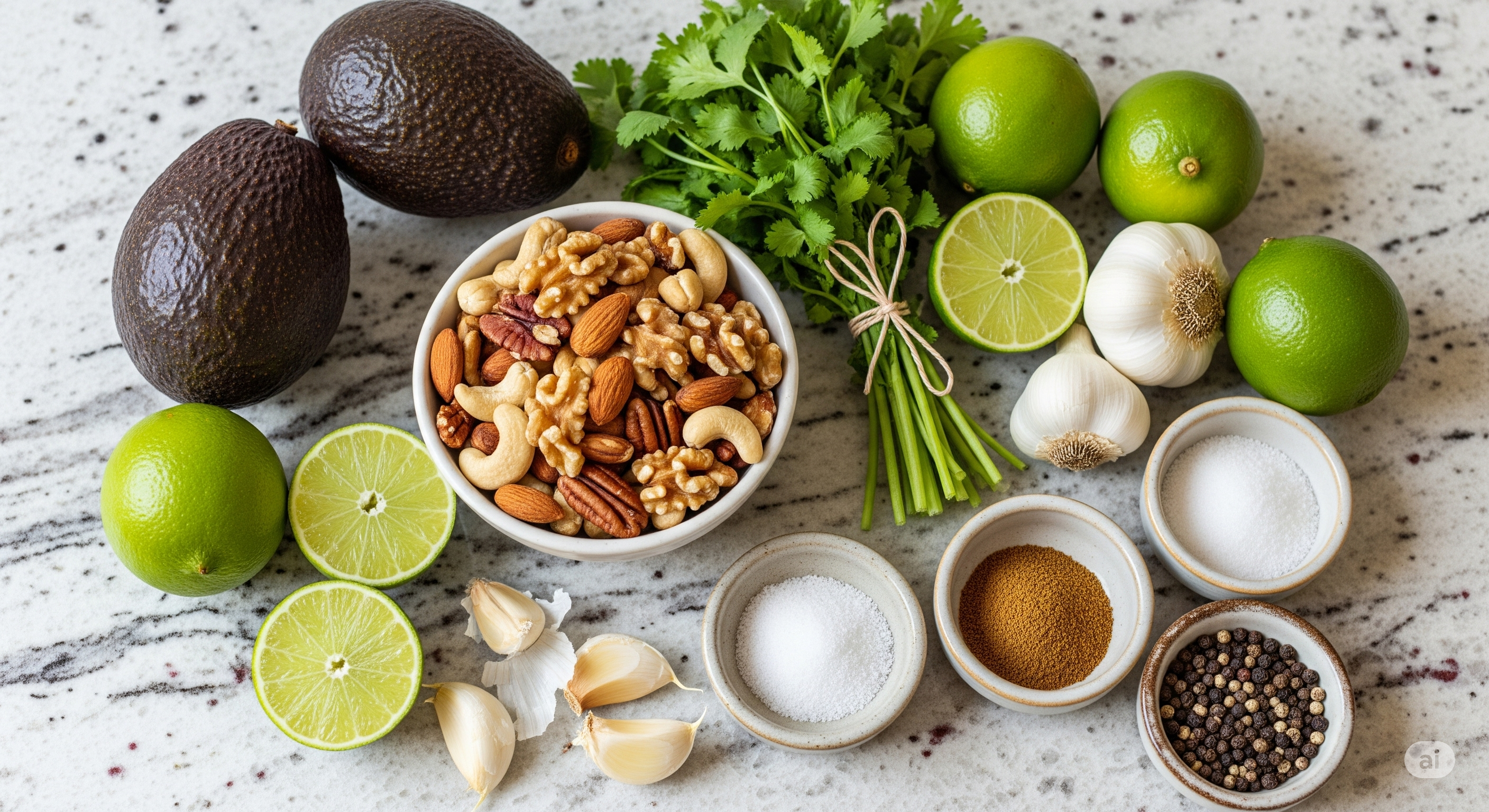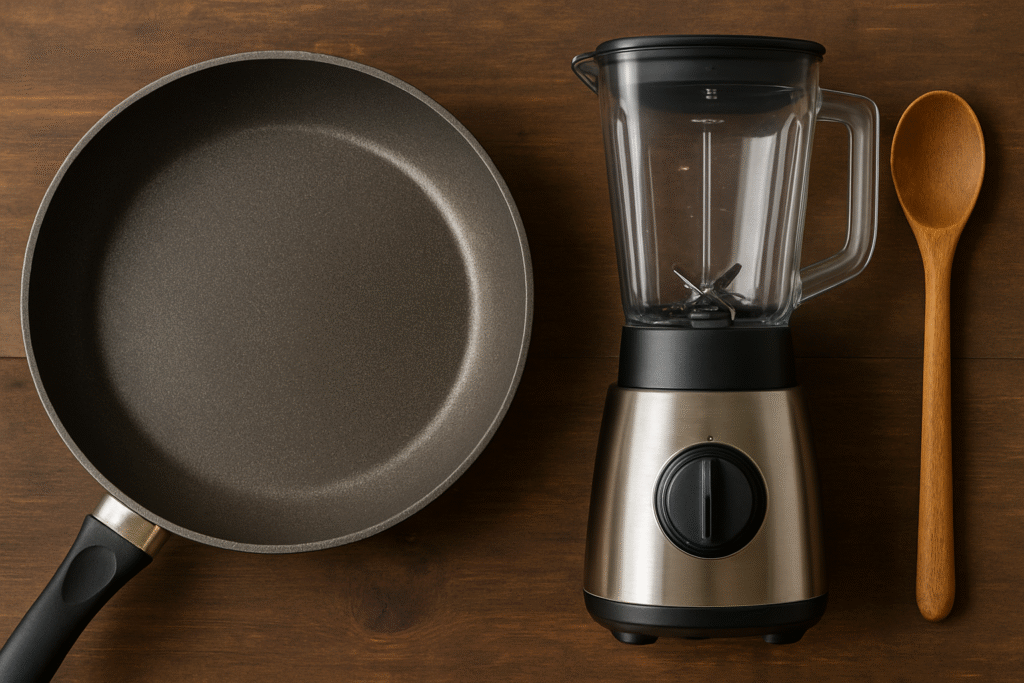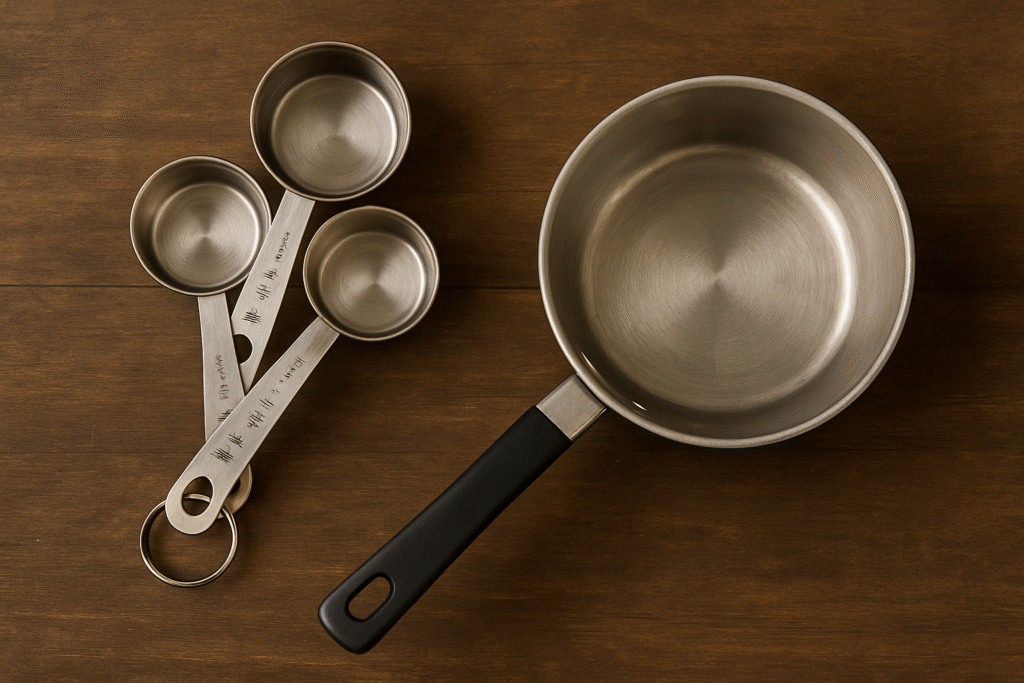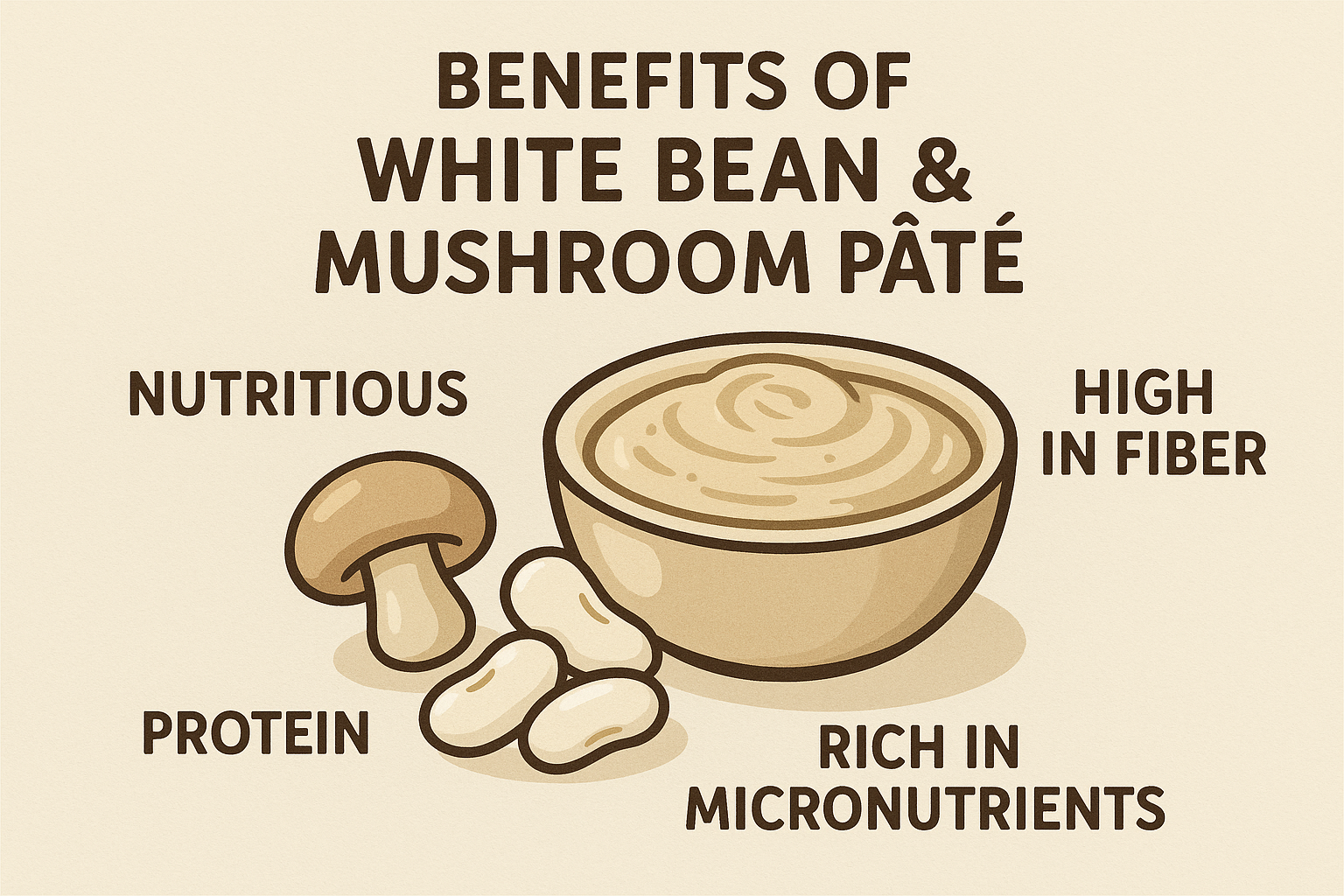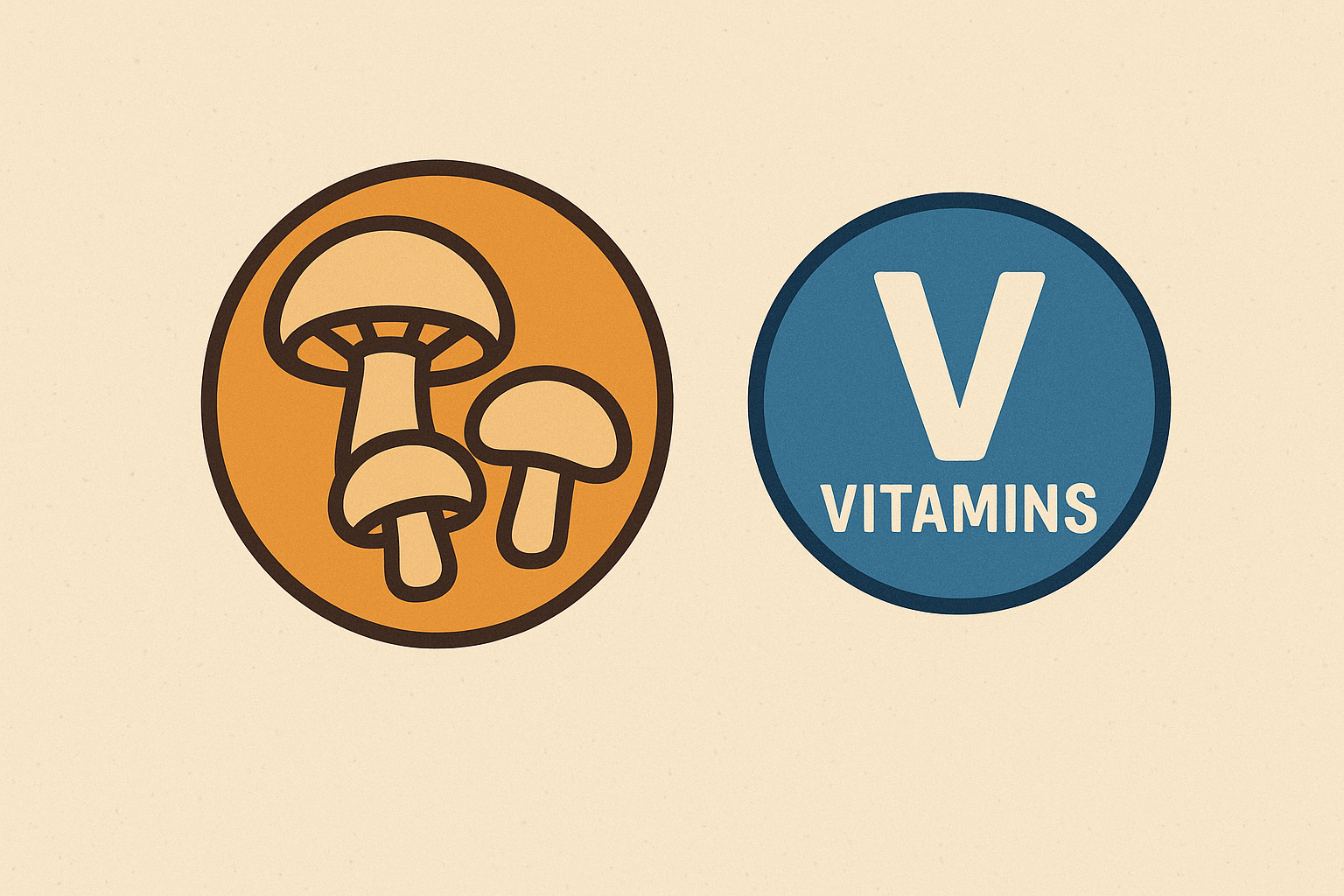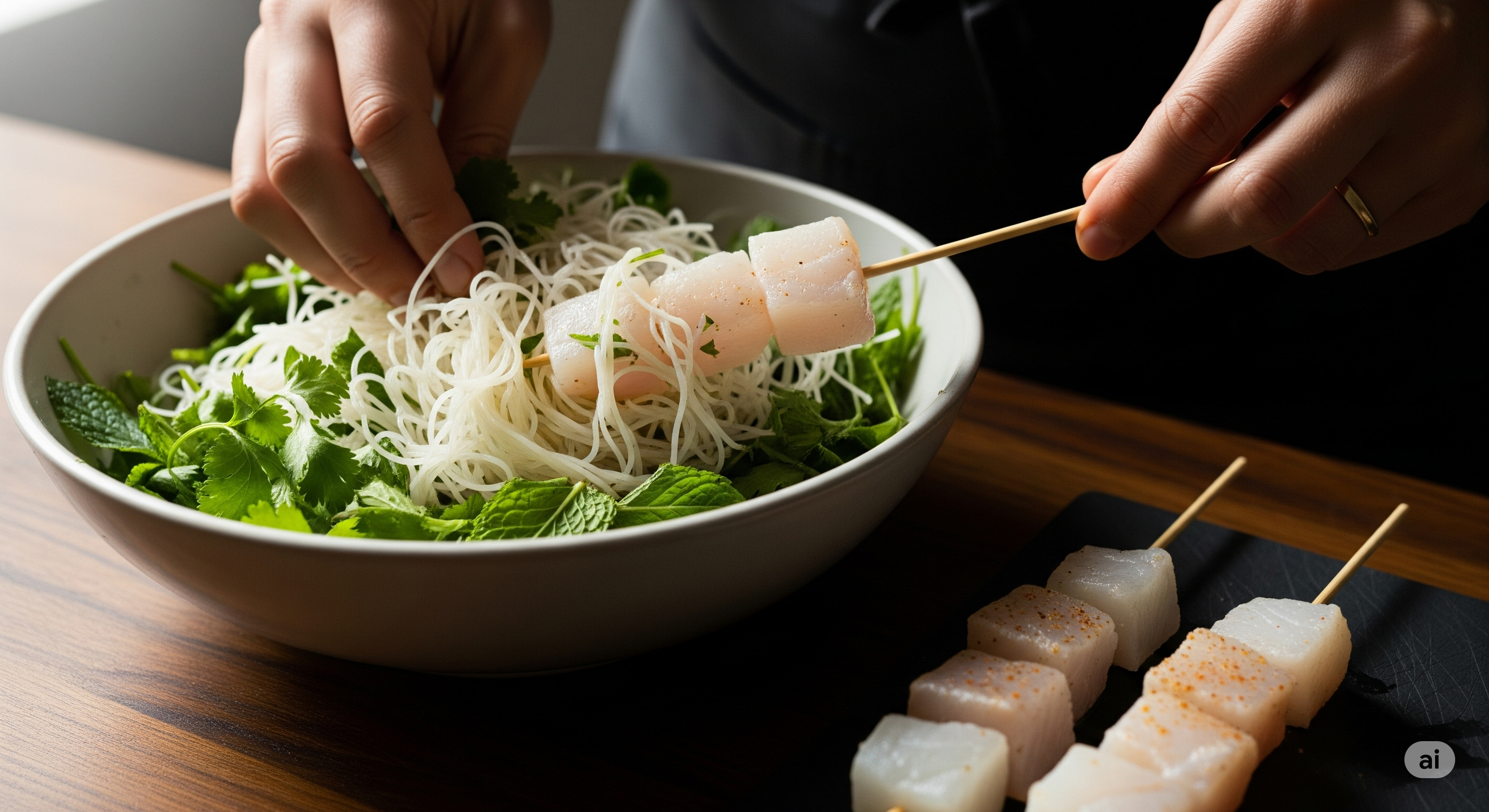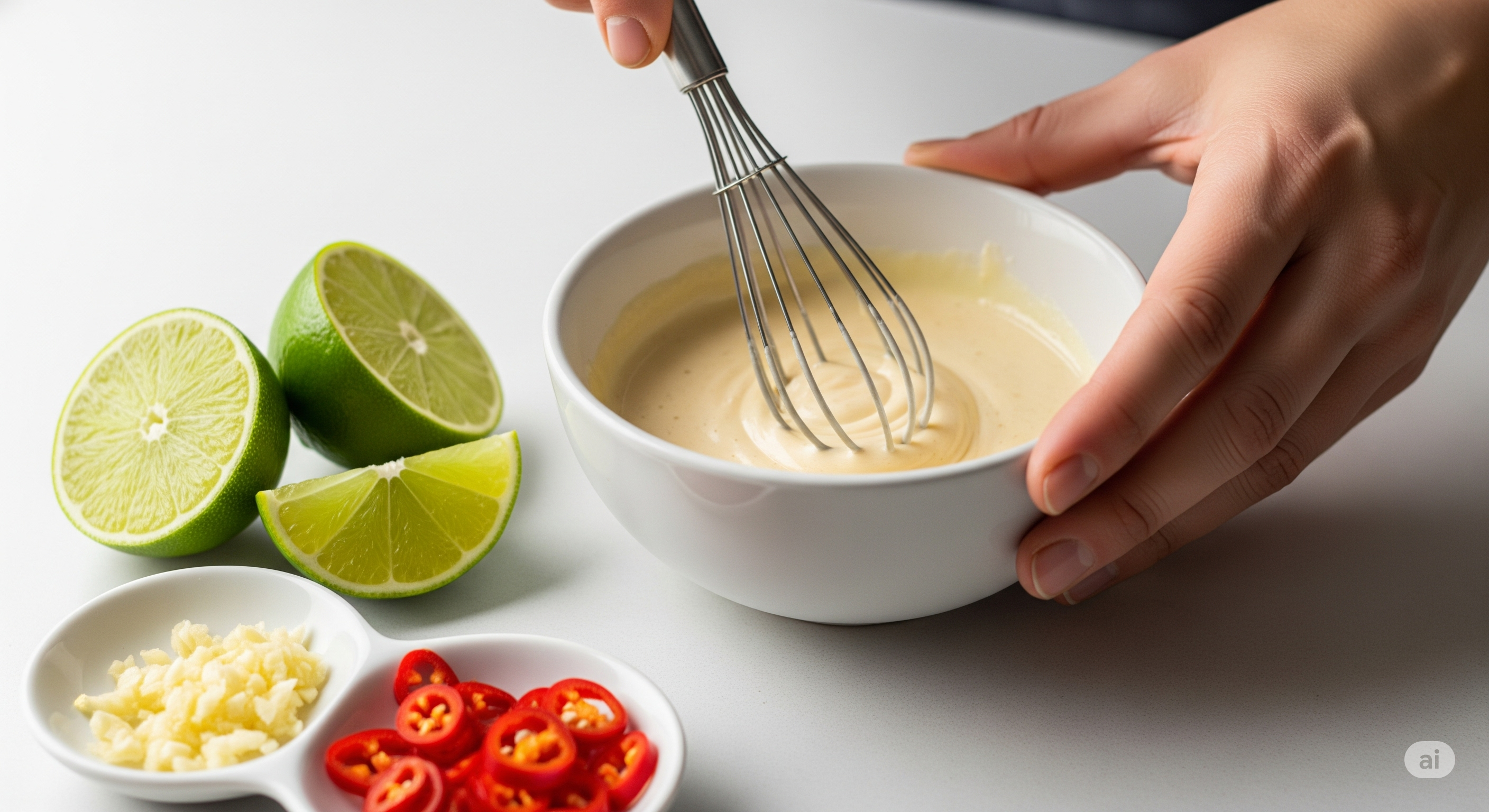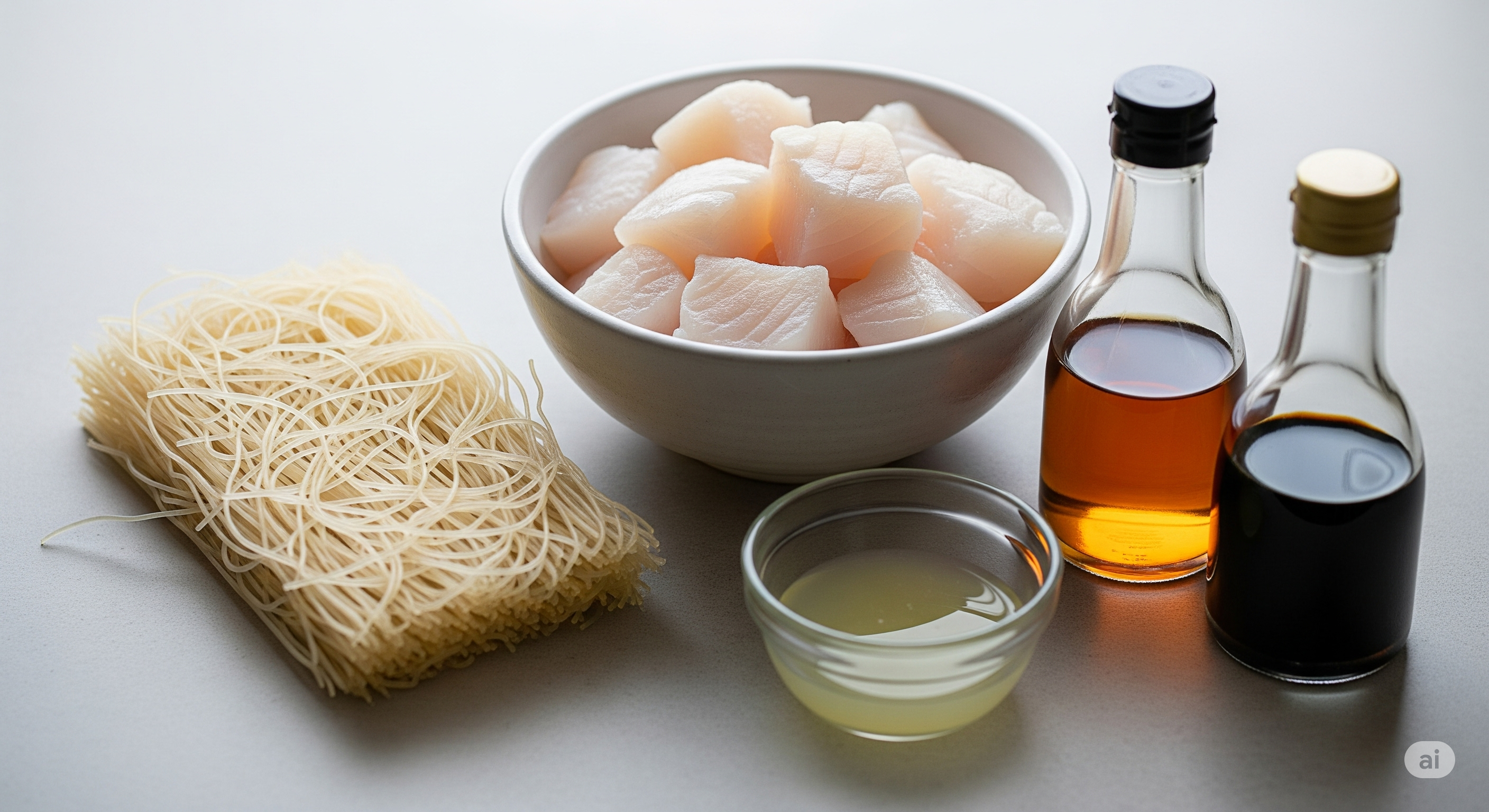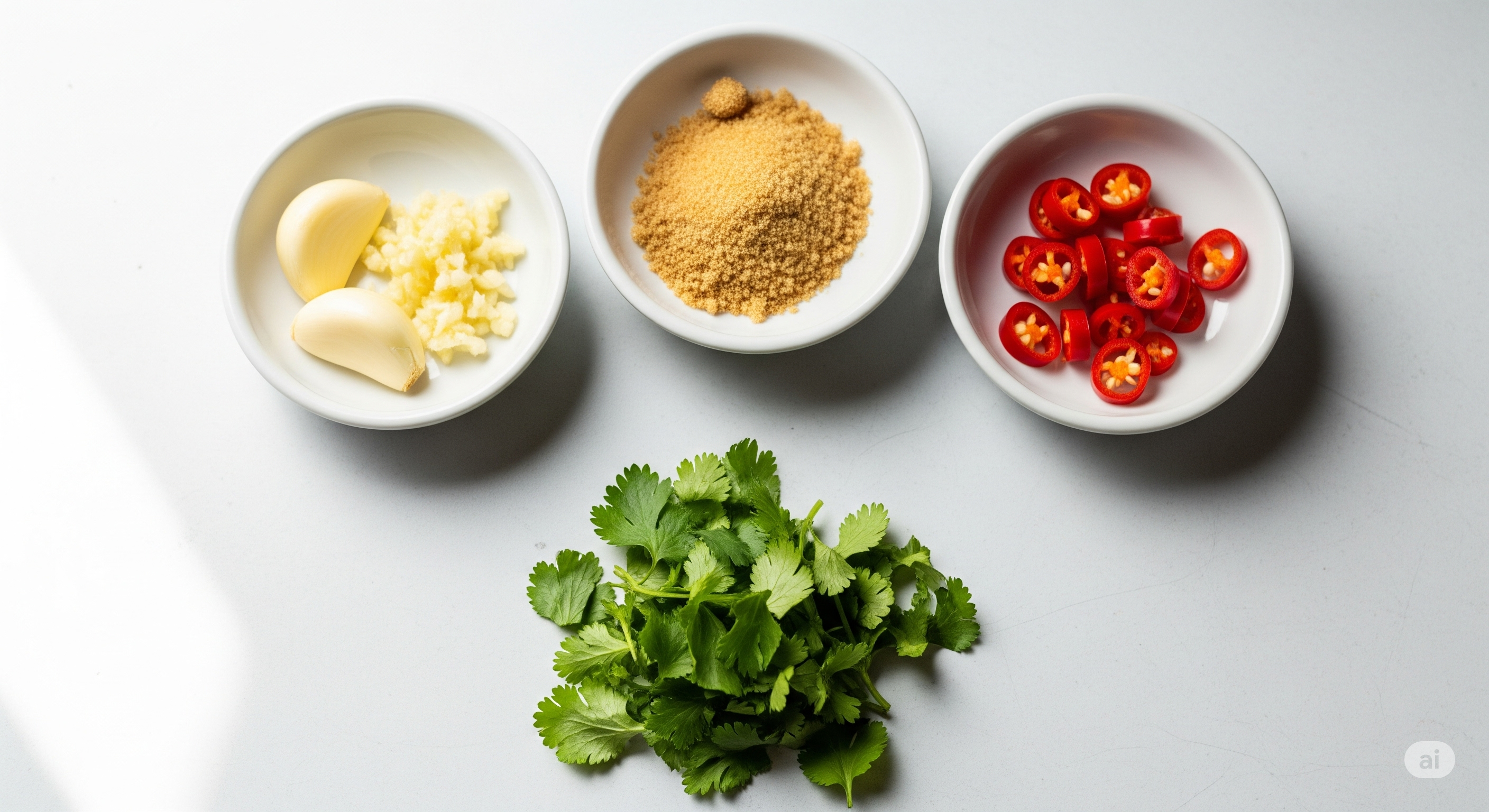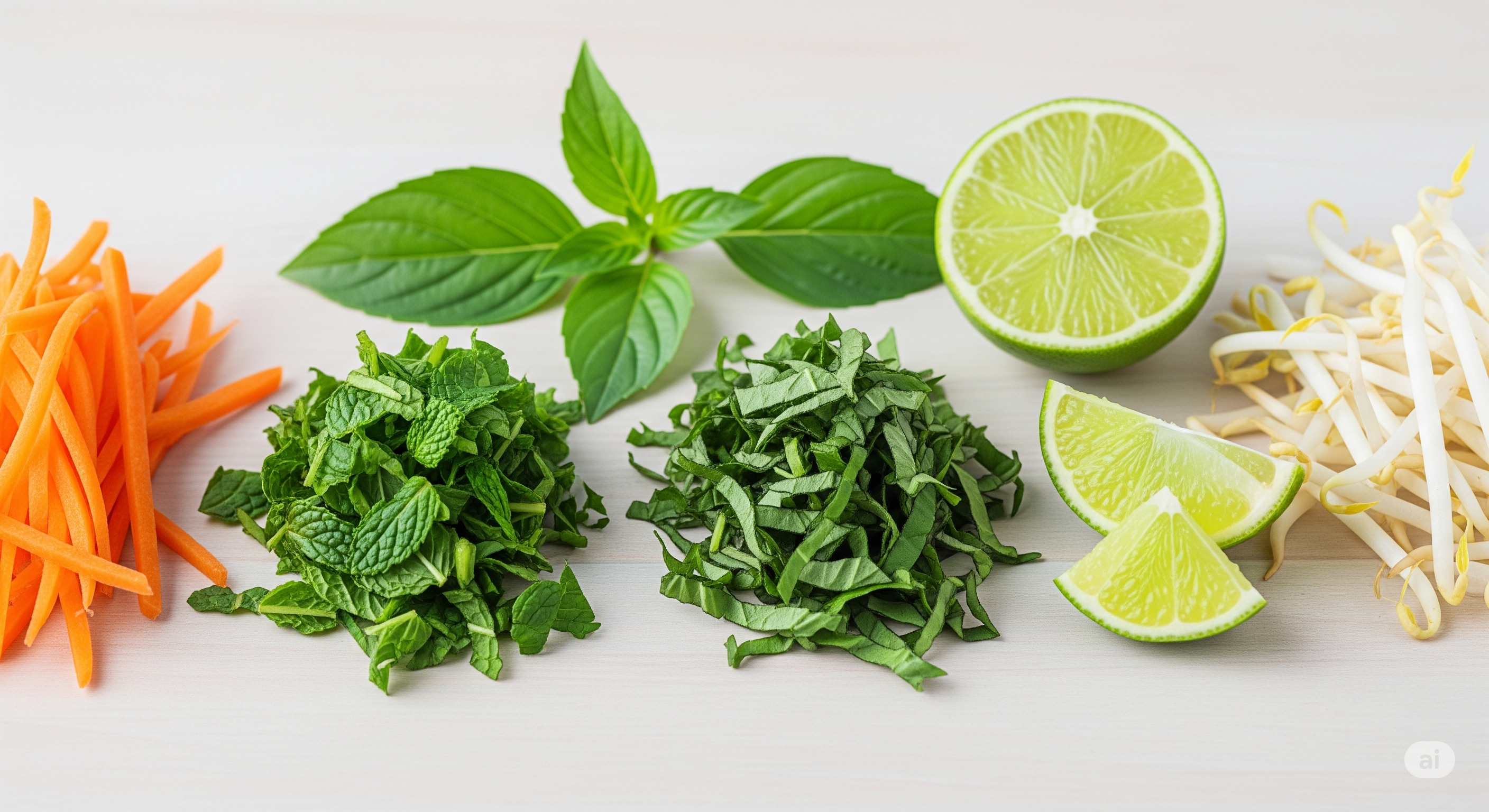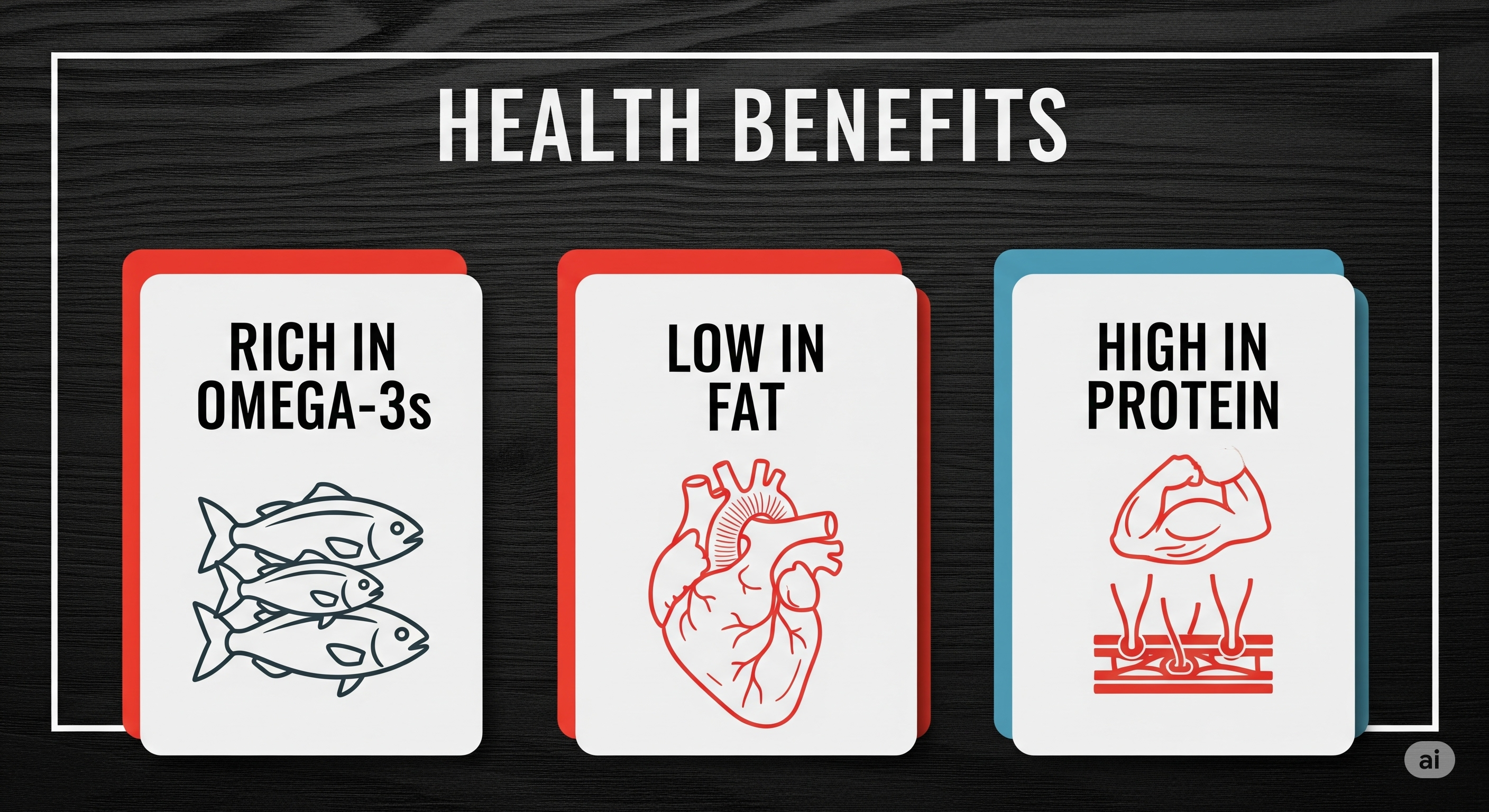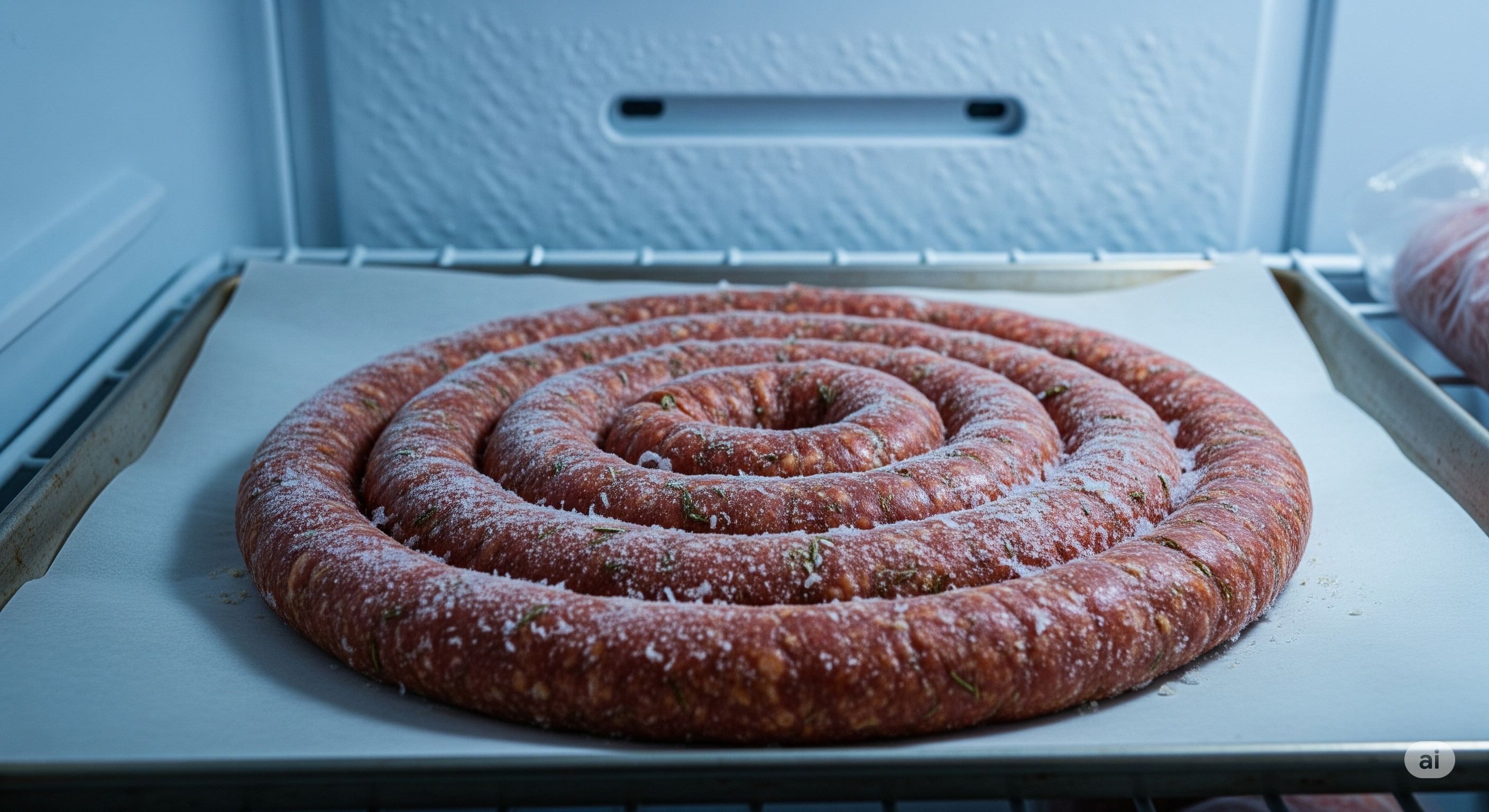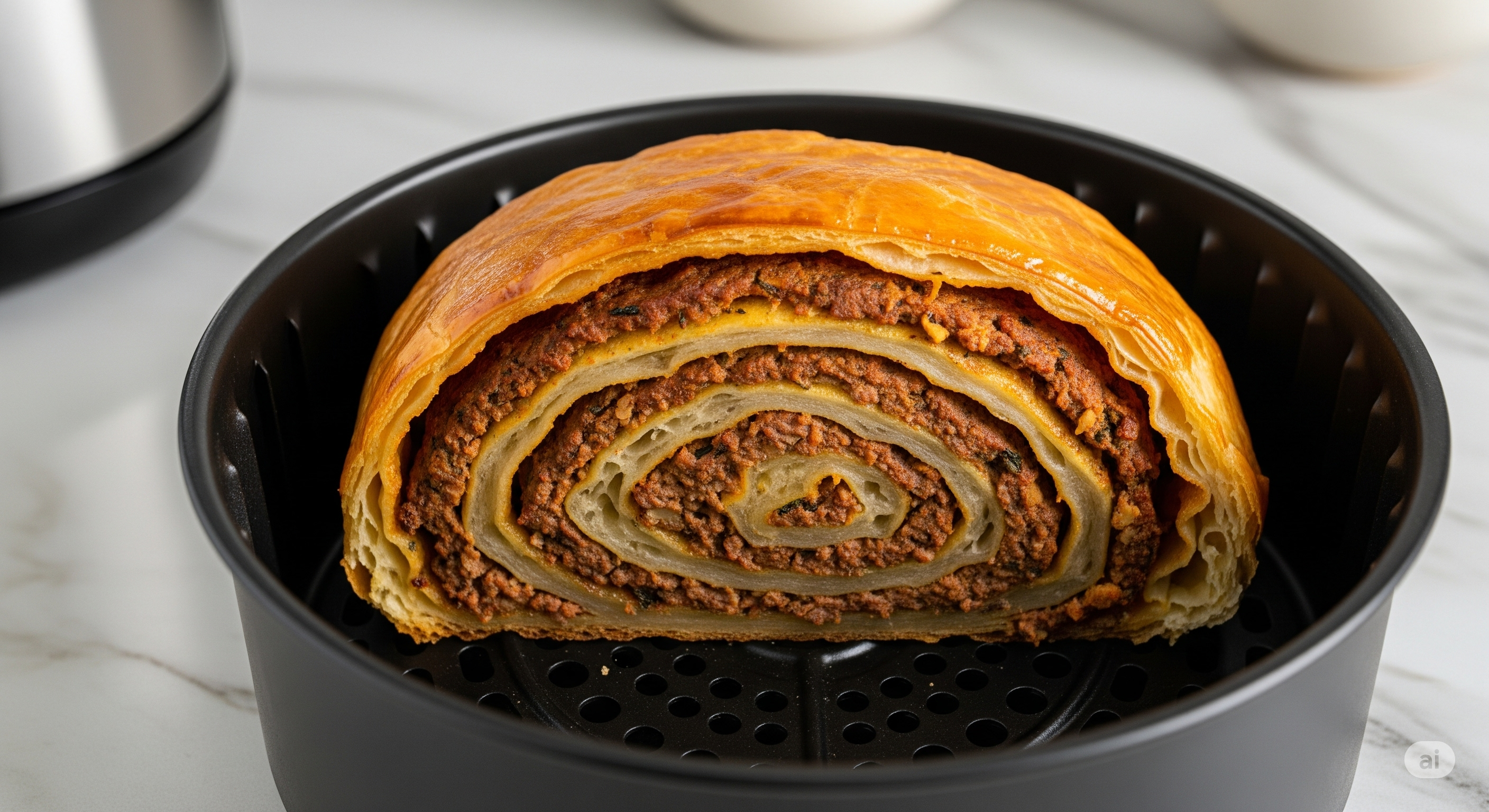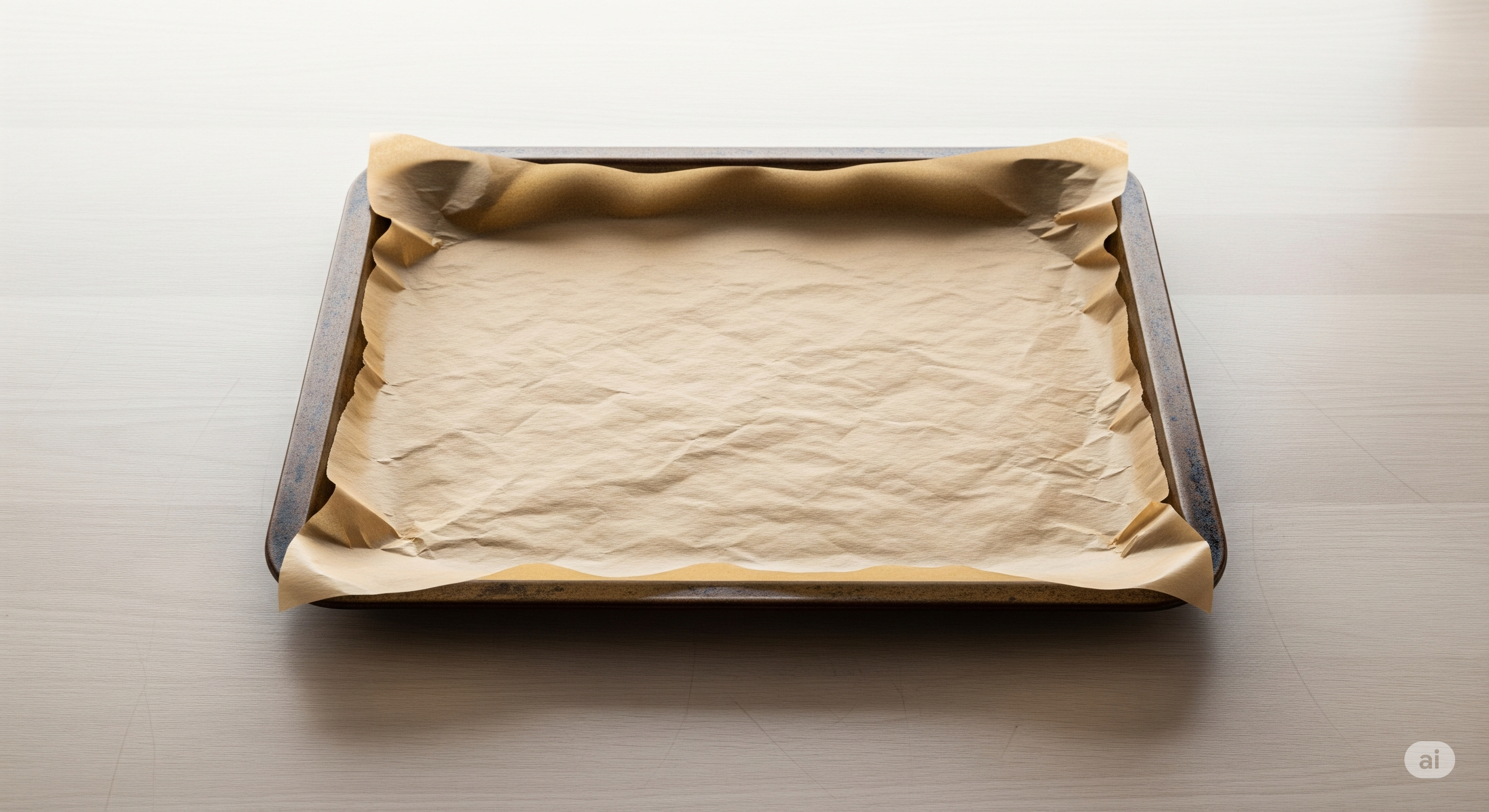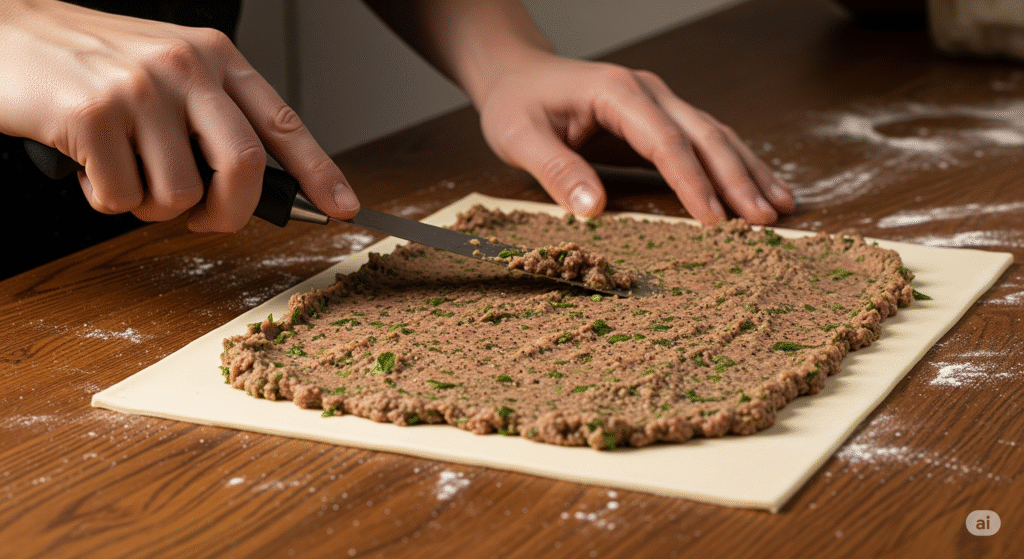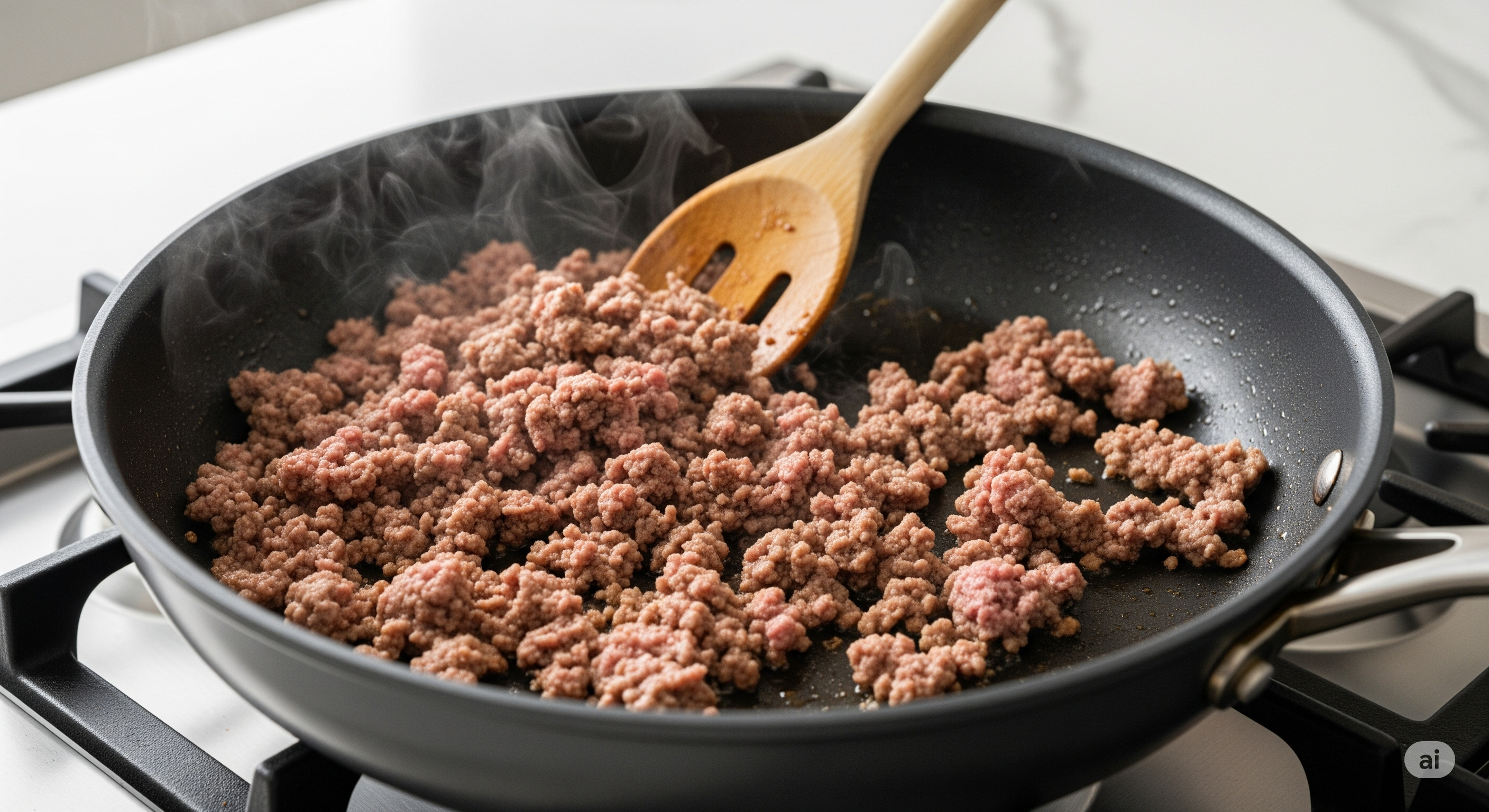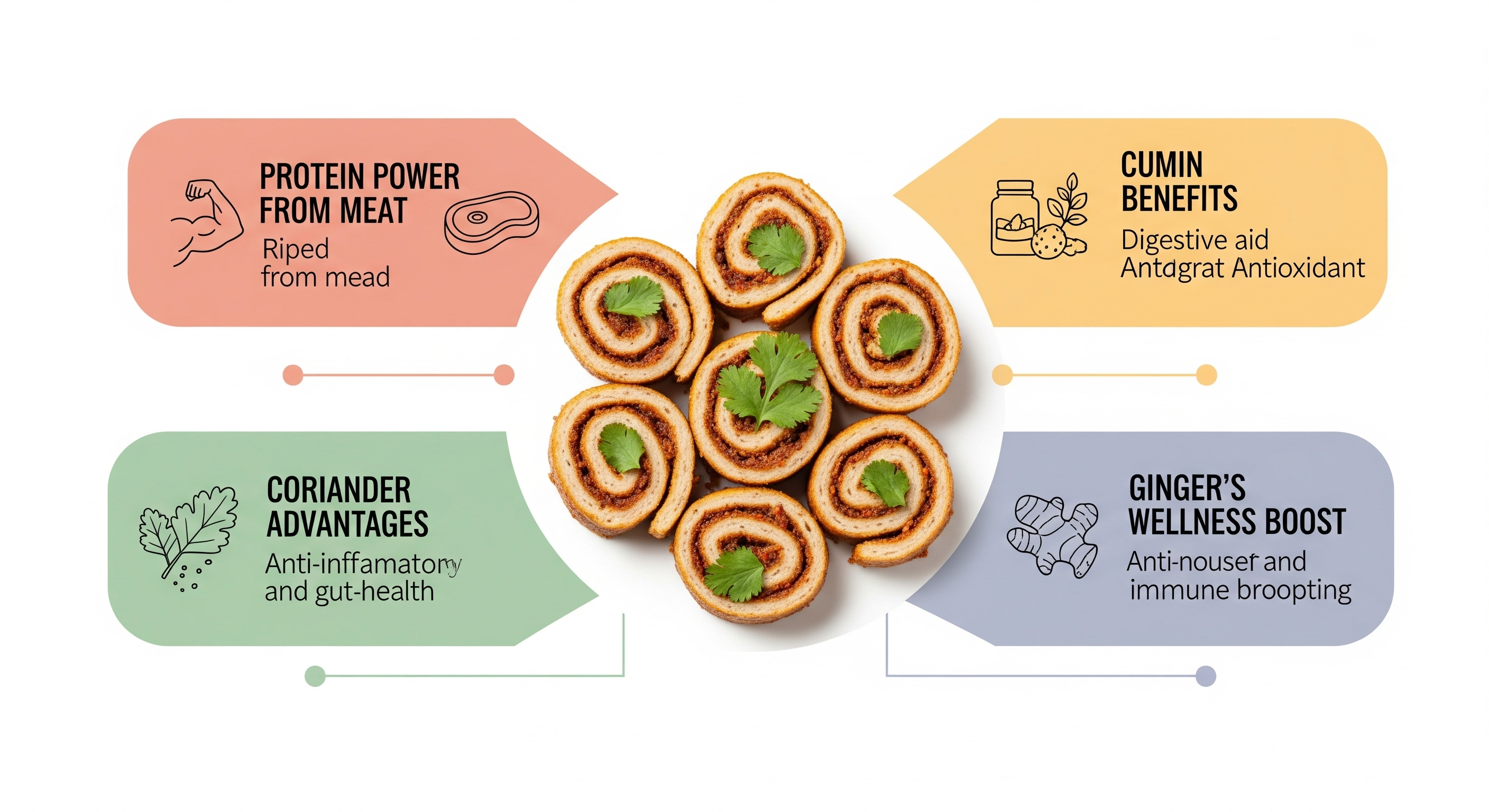Are you a passionate home cook and a nutrition enthusiasts dedicated to creating accessible, healthy recipes that don’t compromise on flavour? We love exploring innovative ways to make everyday meals extraordinary and share our knowledge with the world, always seeking creative approaches to classic ingredients, especially when it comes to making healthy breadcrumbs without bread.

Elevate Your Cooking with Delicious, Guilt-Free Alternatives with breadcrumbs Without Bread
Are you a passionate home cook and a nutrition enthusiasts dedicated to creating accessible, healthy recipes that don’t compromise on flavour? We love exploring innovative ways to make everyday meals extraordinary and share our knowledge with the world, always seeking creative approaches to classic ingredients, especially when it comes to making healthy breadcrumbs without bread.
Are you looking to add that perfect crunch to your favorite dishes without relying on traditional breadcrumbs? Perhaps you’re following a gluten-free, low-carb, or simply a healthier eating plan. Whatever your motivation, discovering how to make delicious, healthy breadcrumbs without bread is a game-changer for any kitchen. Traditional breadcrumbs, while convenient, often come with unwanted ingredients, hidden sugars, or are simply not suitable for various dietary needs. This guide will open up a world of possibilities, showing you how to create versatile, nutritious, and incredibly tasty alternatives that will elevate your cooking.


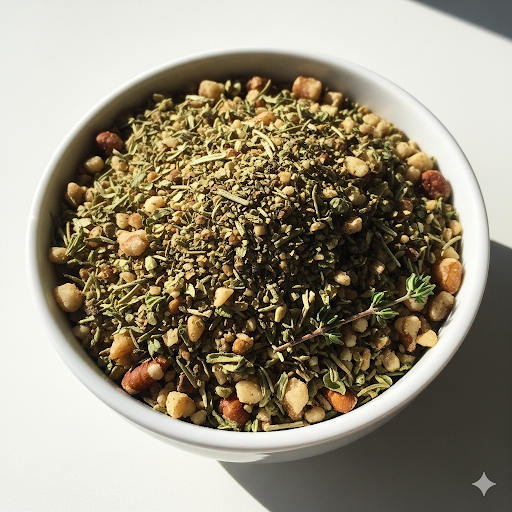
The gallery shows the first bowl with Herb crumbs. The second bowl is a variety of breadcrumbs listed in the article and the third bowl is made up of oat and flax seeds for the breadcrumbs.
Your Kitchen, Your Rules: The Power of Homemade
The beauty of breadcrumbs Without Bread lies not just in their health benefits but also in their adaptability. Imagine a crispy coating on your chicken, a delightful topping for your casseroles, or a robust binder in your meatloaf, all crafted from wholesome ingredients you likely already have in your pantry. We’re moving beyond simple substitutions and diving into innovative methods that bring new textures and flavors to your table. From nutty blends to hearty grains and even ingenious vegetable-based options, preparing your own healthy crumbs is simpler than you think.
Ditching the bread doesn’t mean sacrificing flavor or texture. In fact, it often means enhancing both! These homemade versions provide a depth of flavor that store-bought options can’t match, along with a satisfying crunch that makes every bite more enjoyable. Plus, by making them yourself, you have complete control over the ingredients, ensuring they align perfectly with your health goals and taste preferences. Say goodbye to highly processed fillers and hello to pure, unadulterated goodness.
Take Control of Your Ingredients with breadcrumbs Without Bread
This comprehensive guide is designed for everyone, from seasoned chefs to enthusiastic beginners. We’ll walk you through the process step-by-step, ensuring you gain the confidence to experiment and create your own signature blends. We’ll cover everything from equipment and ingredients to storage tips and creative variations, making sure you have all the knowledge you need to master the art of making healthy breadcrumbs without bread. Get ready to transform your meals and impress your taste buds!
So, let’s embark on this culinary adventure and unlock the secrets to crafting healthy, flavourful, and diverse breadcrumb alternatives. You’ll be amazed at how easy it is to upgrade your cooking while staying true to a healthy lifestyle.
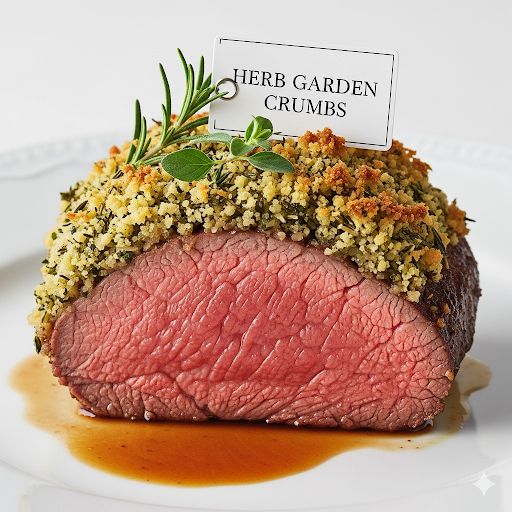
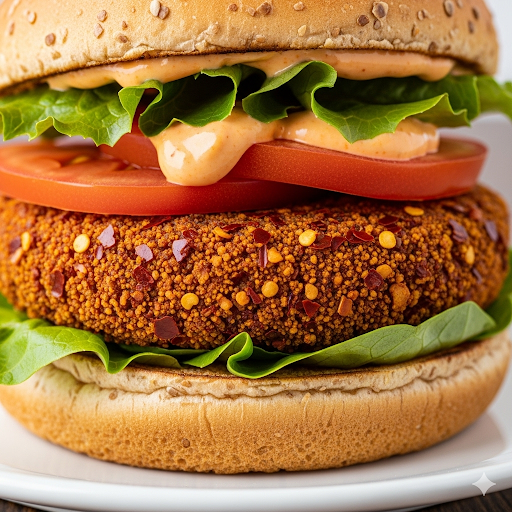
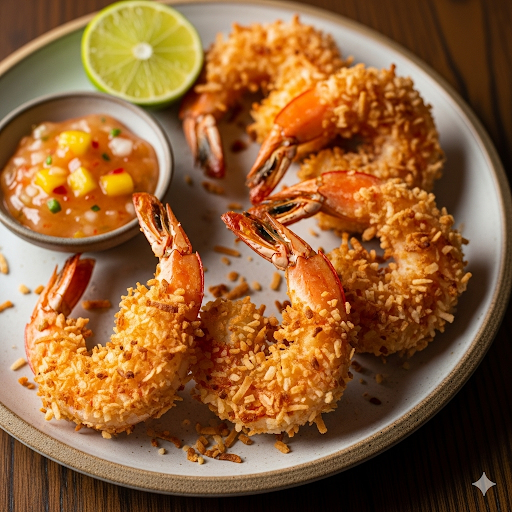
The gallery shows Herb crusted lamb, and the next is veggie chip breadcrumbs on a burger and the last image are Shrimps, with toasted coconut flake coating.
Wholesome Nut & Seed Crumbs: A Versatile Recipe
This recipe focuses on creating a fantastic all-purpose, healthy breadcrumb alternative using a blend of nuts and seeds. It’s naturally gluten-free, low-carb, and packed with nutrients.
Time to Prepare: 5 minutes
Time to Cook/Blend: 10 minutes (for toasting nuts/seeds) + 2 minutes (for blending)
Servings: Approximately 2 cups
Nutritional Highlights (Per 1/4 cup serving, approximate)
- Calories: 150-180 kcal
- Protein: 5-7g
- Fats: 12-15g (primarily healthy unsaturated fats)
- Carbohydrates: 5-7g
- Fiber: 3-5g
- Sodium: 50-70mg (depending on added salt)
These values will vary slightly based on the specific nuts and seeds used and the exact serving size. They offer a good source of Vitamin E, Magnesium, and Zinc.
Essential Equipment for Perfect Breadcrumbs
Having the right tools makes all the difference when making your own healthy breadcrumbs without bread.
- Food Processor (Recommended): This is the most crucial piece of equipment. A good food processor will quickly and efficiently grind your nuts and seeds to the perfect consistency.
- Alternative Equipment (if no food processor):
- Blender: A powerful blender can also work, though you may need to pulse in smaller batches and stir more frequently to ensure even consistency.
- Rolling Pin and Sealable Bag: For a more hands-on approach, a heavy rolling pin and a strong, sealable bag (like a freezer bag) are excellent alternatives.
- Mortar and Pestle: Perfect for small batches, this traditional tool gives you great control over the texture.
- Baking Sheet: For toasting your nuts and seeds to enhance their flavour.
- Parchment Paper or Silicone Mat: To prevent sticking and for easy cleanup on your baking sheet.
- Airtight Container: For storing your homemade breadcrumbs.
- Measuring Cups and Spoons: For accurate ingredient measurements.
- Spatula or Wooden Spoon: For stirring and transferring.



The gallery shows some of the equipment used in this recipe.
Ingredients for Nut & Seed Breadcrumbs
- 1 cup (120g) raw almonds (blanched or unblanched)
- ½ cup (60g) raw sunflower seeds
- ½ cup (60g) raw pumpkin seeds
- 2 tablespoons (20g) ground flaxseed meal (optional, for extra binding and nutrition)
- ½ teaspoon sea salt
- ¼ teaspoon black pepper
- 1 teaspoon dried Italian herbs (oregano, basil, thyme blend)
- ½ teaspoon garlic powder
- ¼ teaspoon onion powder
- A pinch of smoked paprika (optional, for a hint of smoky flavor)
Step-by-Step Instructions: Crafting Your Healthy Crumbs
Follow these detailed steps to create your perfectly textured and flavorful healthy breadcrumbs without bread. We’ve included instructions for both with and without a food processor.
Preheat and Prepare Your Nuts & Seeds
Begin by preheating your oven to 160°C (325°F). This gentle heat will help to toast the nuts and seeds, bringing out their deep, nutty flavors without burning them. While the oven preheats, spread the raw almonds, sunflower seeds, and pumpkin seeds evenly in a single layer on a baking sheet lined with parchment paper. This ensures they toast consistently.
Toast for Enhanced Flavor
Once the oven is ready, place the baking sheet with your nuts and seeds into the preheated oven. Toast them for about 8-10 minutes. It’s crucial to keep a close eye on them during this time, as nuts and seeds can go from perfectly toasted to burnt very quickly. You’ll know they’re ready when they smell fragrant and have a lightly golden-brown color. Once toasted, remove the baking sheet from the oven and allow the nuts and seeds to cool completely. This cooling step is important as warm nuts can release too much oil when blended, leading to a pasty texture rather than crumbly.
Combine and Season
Once the toasted nuts and seeds are fully cooled, carefully transfer them into a food processor, or if you don’t have one, into a large, durable sealable bag. Add the ground flaxseed meal (if using), sea salt, black pepper, dried Italian herbs, garlic powder, onion powder, and smoked paprika (if desired). These seasonings will infuse your breadcrumbs with a delicious, savory flavor profile.
Pulse or Crush to Perfection
Using a Food Processor or Blender
Secure the lid on your food processor. Now, begin to pulse the mixture in short bursts. Don’t simply turn it on and let it run, as this can quickly turn your ingredients into nut butter. Instead, use short, quick pulses. Continue pulsing, checking the consistency every few seconds. You’re aiming for a coarse, crumbly texture that resembles traditional breadcrumbs. Some pieces will be finer, and some will be slightly larger, which adds to the appeal. Be careful not to over-process!
Using a Rolling Pin
If you are using a sealable bag, press the air out and seal it tightly. Lay the bag on a sturdy, flat surface like a cutting board. Use a heavy rolling pin to gently but firmly roll over the nuts and seeds. Roll back and forth, applying pressure to crush them. You can also use a heavy-bottomed pan or bottle to crush them. The process may take a few minutes and will give you a slightly more rustic, varied crumb. Periodically shake the bag to bring larger pieces to the top for crushing.
Check and Adjust
Once you achieve the desired texture, carefully transfer the mixture to a bowl. Give it a good stir with a spoon or spatula to ensure all the seasonings are evenly distributed. Taste a small amount and adjust the seasoning if necessary – perhaps a little more salt, pepper, or herbs to suit your preference.
Store for Freshness
Transfer your freshly made healthy breadcrumbs into a clean, airtight container. Store them in the refrigerator for up to 2-3 weeks, or in the freezer for up to 3 months. Storing them in the fridge or freezer helps to keep the natural oils in the nuts and seeds from going rancid, preserving their freshness and flavor. Label your container with the date so you know when they were made.


The image shows nuts and seeds being processed and the next image shows some of the seeds and nuts used in the breadcrumb recipes.
Benefits of Healthy Breadcrumbs Without Bread
Switching to homemade, healthy breadcrumbs without bread offers a myriad of advantages that go beyond just catering to dietary restrictions.
- Nutrient-Dense: Unlike many traditional breadcrumbs which are often just refined carbohydrates, these alternatives are packed with healthy fats, protein, fiber, vitamins, and minerals from nuts, seeds, and spices. This means you’re adding more nutritional value to your meals.
- Gluten-Free & Low-Carb Options: Naturally suitable for those with celiac disease, gluten sensitivity, or individuals following low-carbohydrate or ketogenic diets. This opens up a world of culinary possibilities for many.
- Enhanced Flavor & Texture: Nuts and seeds offer a richer, deeper flavor profile than plain bread, alongside a more satisfying, often crispier texture. This can elevate the taste and mouthfeel of your dishes significantly.
- Control Over Ingredients: When you make your own, you know exactly what goes into them. You can avoid artificial additives, excessive sodium, and unwanted preservatives often found in store-bought versions.
- Versatility: These crumbs are incredibly versatile, suitable for coatings, toppings, binders, and even as a crunchy element in salads or soups.


The images show the nutritional benefits gained from using alternatives for breadcrumbs in the first image. Whilst the second image, shows the difference between plain bread and nut & seed.
Creative Variations for breadcrumbs Without Bread
The beauty of making your own healthy breadcrumbs without bread is the endless potential for customization. Here are some ideas to inspire your culinary creativity:
| Variation Name | Key Ingredients & Method | Best For |
| Spicy Kick Crumbs | Add ½ – 1 teaspoon of chili powder, smoked paprika, and a pinch of cayenne pepper to the nut/seed blend before pulsing. Adjust to your preferred spice level. You could also include a touch of chipotle powder for a smoky heat. | Chicken tenders, fish fillets, spicy veggie burgers |
| Herb Garden Crumbs | Increase the dried Italian herbs to 2 teaspoons, and consider adding 1 teaspoon of dried parsley and ½ teaspoon of dried rosemary (crushed). For a fresh flavor, incorporate 1 tablespoon of finely chopped fresh parsley after blending. | Herb-crusted lamb or chicken, baked vegetables, Mediterranean dishes |
| Cheesy Garlic Crumbs | Blend in ¼ cup of grated Parmesan cheese (or nutritional yeast for a dairy-free option) with the nuts, seeds, and other seasonings. The cheese will melt slightly and create a delicious crust when cooked. | Eggplant parmesan, baked chicken, mac and cheese topping |
| Mediterranean Crumbs | Include 1 teaspoon of dried oregano, ½ teaspoon of dried mint, and the zest of half a lemon. A pinch of sumac can add a lovely tangy note. You can also add 2 tablespoons of finely chopped sun-dried tomatoes (oil-packed, drained) after blending. | Fish, roasted vegetables, as a topping for salads or hummus |
| Oat & Flax Crumbs | For a heartier, more budget-friendly option, replace half of the nuts/seeds with rolled oats and 2 tablespoons of ground flaxseed. Toast the oats along with the seeds before processing. This will yield a softer, more traditional breadcrumb-like texture. | Meatballs, meatloaf, veggie burgers, as a binding agent |
| Pork Rind Crumbs (Keto) | For a strict keto and incredibly crispy option, pulse plain pork rinds in a food processor or by hand until they reach a breadcrumb-like consistency. Season with salt, pepper, garlic powder, and onion powder. These are very low-carb and absorb less oil than traditional breadcrumbs, making them ideal for frying or air frying. | Fried chicken, schnitzel, as a crunchy topping for casseroles |
| Crispy Cornflake Crumbs | Crush unsweetened cornflakes (ensure they are gluten-free if needed) in a bag or food processor. Season with salt, pepper, paprika, and a touch of garlic powder. This offers a light, super crispy texture. | Fish sticks, chicken nuggets, fried onion rings |
| Crushed Nut Crumbs | Use cashews, walnuts, or pecans on their own. Toast them lightly, then crush in a food processor or with a rolling pin in a sealable bag. | Great for nut-crusted chicken or fish, or as a flavorful binder in a variety of dishes. |
| Toasted Coconut Flakes | For a tropical flavor, lightly toast unsweetened coconut flakes in a dry pan or on a baking sheet until golden brown. Once cool, pulse in a food processor for a finer texture. | A delicious coating for shrimp or chicken, or a topping for baked sweet potatoes. |
| Rice Cake Crumbs | Crush plain, unsalted brown rice cakes or brown rice cereal in a sealable bag with a rolling pin. This is an excellent neutral-flavored, gluten-free option. | Perfect for light, crispy coatings on fish, or as a binder in veggie burgers. |
| Veggie Chip Crumbs | Use baked or dehydrated kale, zucchini, sweet potato, or beet chips. Crush them in a bag or food processor. The natural seasonings on the chips add an extra layer of flavor. | A colorful and flavorful coating for chicken or pork, or a crunchy topping for gratins. |
| Cornmeal or Polenta | Use fine-ground cornmeal or polenta directly from the bag. No processing is needed. It provides a hearty, rustic, and naturally gluten-free texture. | Ideal for pan-fried fish, or to create a classic southern-style crust on fried green tomatoes. |



The gallery shows a fish with a rice cake crumb coating. The second image shows pork with a veggie chip crumb topping. The final images shows pan-fried fish with a cornmeal or polenta crust.
Final Thoughts on Healthy Breadcrumbs Without Bread
Mastering the art of making healthy breadcrumbs without bread is more than just a culinary trick; it’s a step towards more mindful and delicious eating. By embracing these wholesome alternatives, you’re not only enhancing the nutritional profile of your meals but also unlocking a world of new flavors and textures. From the satisfying crunch of toasted nuts and seeds to the hearty appeal of oats or the ingenious use of vegetables, the possibilities are truly endless.
Experiment with different blends, adjust the seasonings to your taste, and discover how these simple changes can transform your everyday cooking. Whether you’re coating chicken, topping a casserole, or binding a veggie burger, these homemade crumbs will add a touch of gourmet goodness that is both healthy and incredibly satisfying. Don’t be afraid to get creative in your kitchen right here in Salford and beyond – your taste buds (and your body) will thank you!
Frequently Asked Questions (FAQs)
Q1: Can I make these breadcrumbs ahead of time? How long do they last?
A1: Absolutely! Making these healthy breadcrumbs without bread ahead of time is a fantastic way to save time during busy weeknights. Store them in an airtight container in the refrigerator for up to 2-3 weeks. For longer storage, you can freeze them for up to 3 months. This prevents the natural oils in the nuts and seeds from going rancid and preserves their fresh flavor. Simply pull them out of the freezer and use them directly from frozen, or let them thaw slightly before using.
Q2: Can I use different types of nuts or seeds than those listed in the main recipe?
A2: Yes, you can! The beauty of this recipe is its versatility. Feel free to substitute any of the nuts or seeds with your favorites, or whatever you have on hand. Good alternatives include walnuts, pecans, cashews (for a creamier crumb), or even different types of seeds like chia seeds (though they can be very fine). Just ensure they are raw and unsalted for the best control over flavor. Remember that different nuts and seeds have varying oil contents, so you might need to adjust pulsing time slightly to avoid creating a paste. Always aim for that coarse, crumbly texture.
References
- Harvard T.H. Chan – Almonds
- Mayo Clinic – Nutrition and healthy eating
- National Institutes of Health – Omega-3 Fatty Acids
Recent Posts
